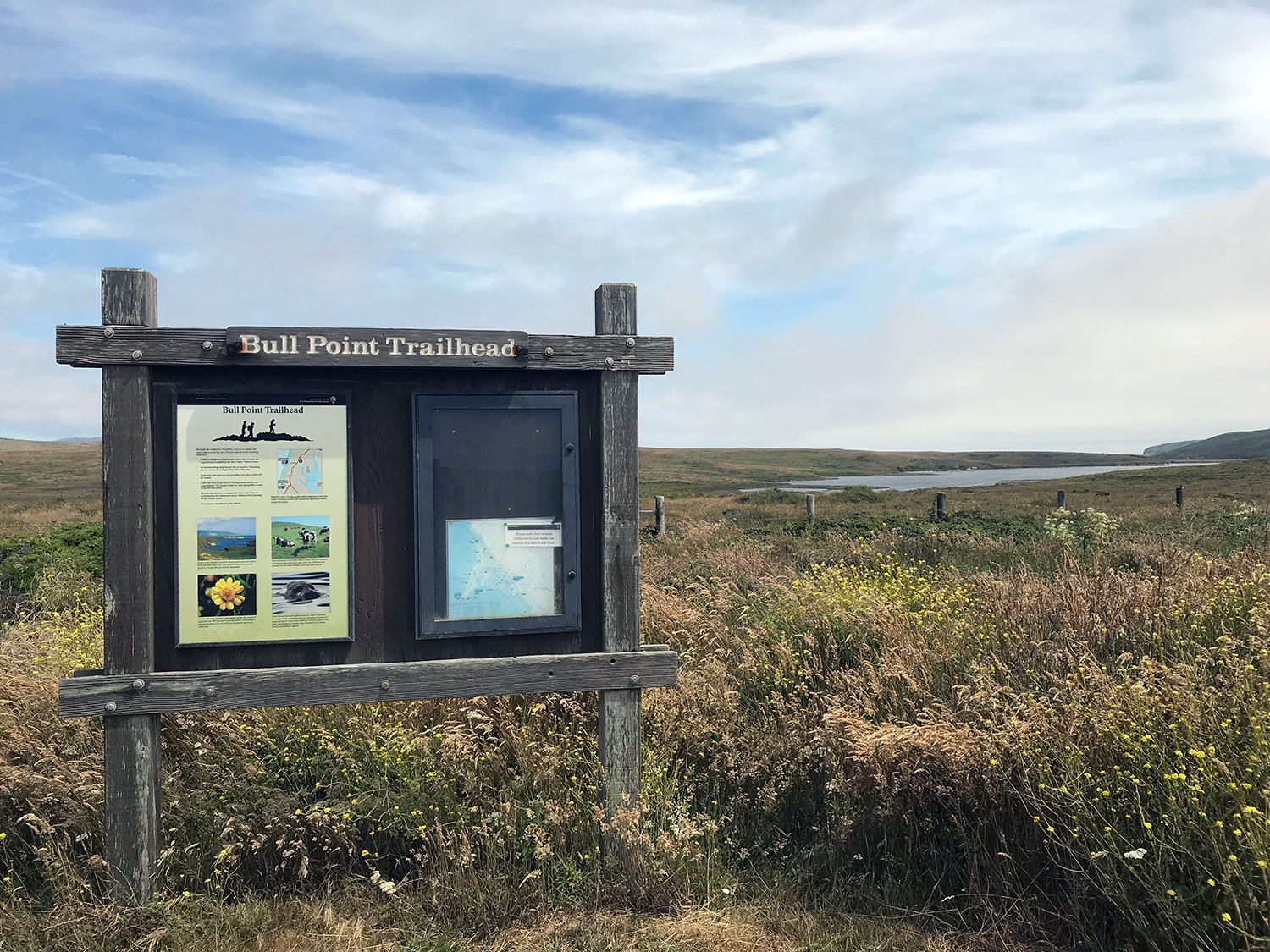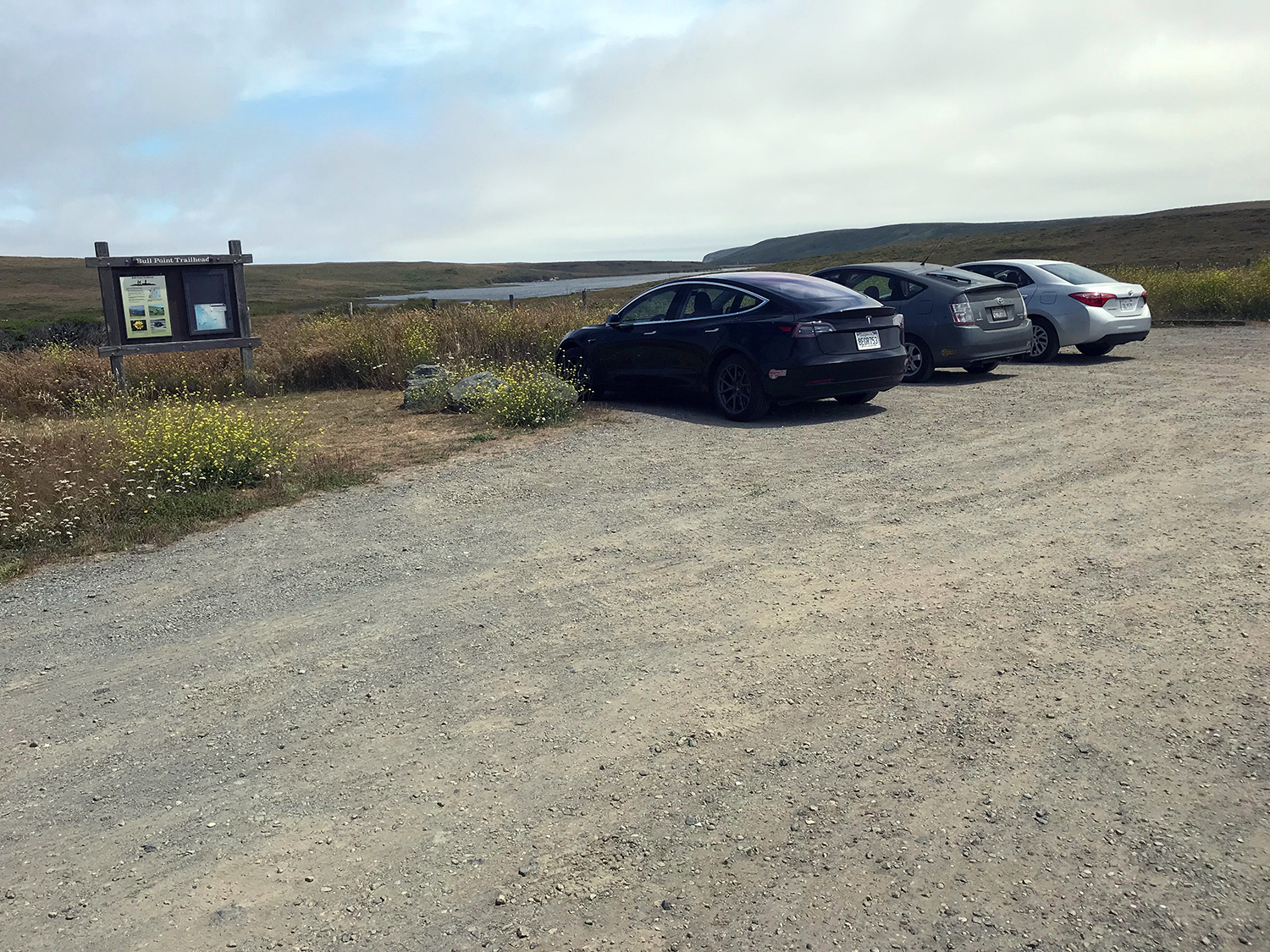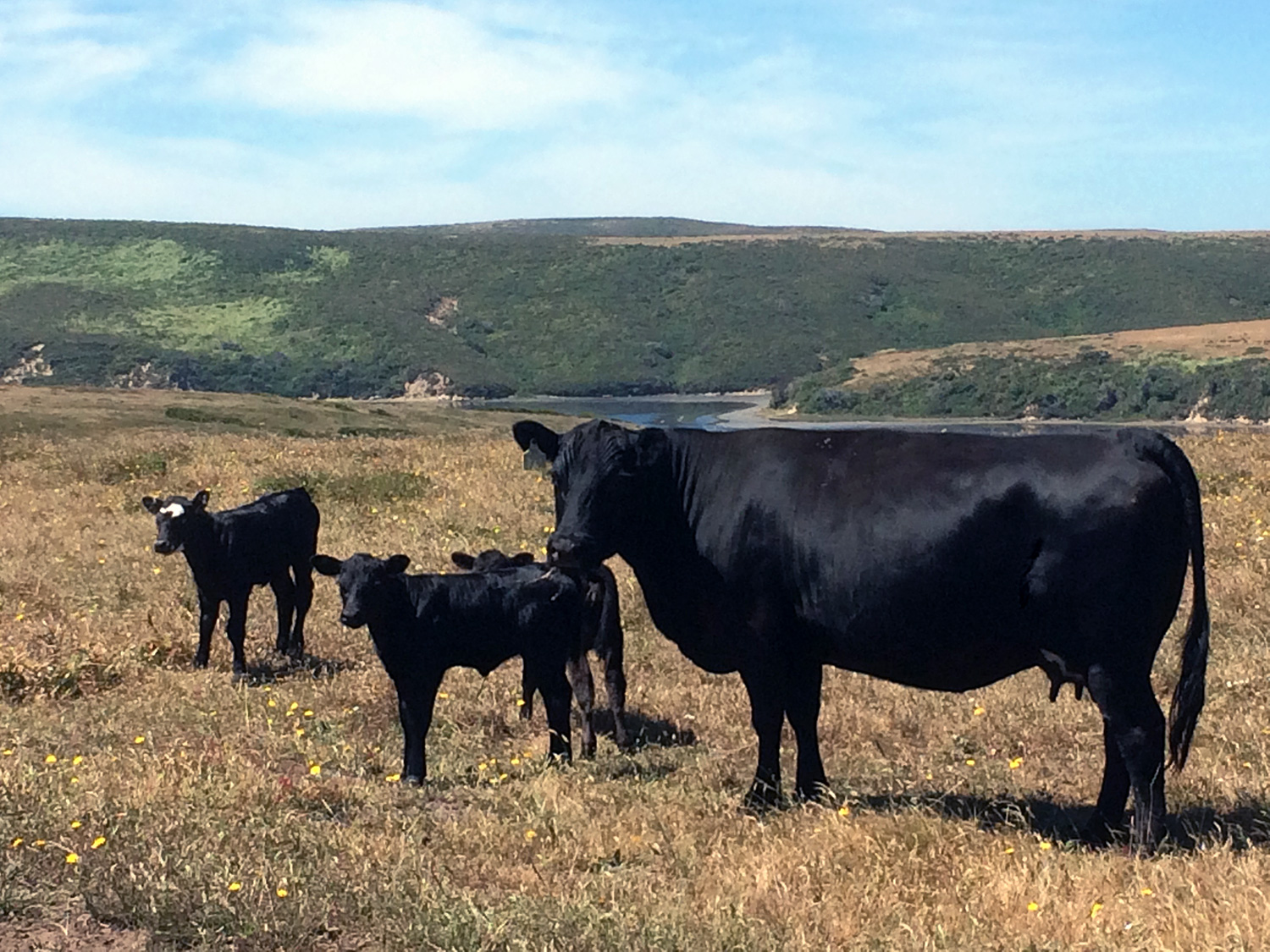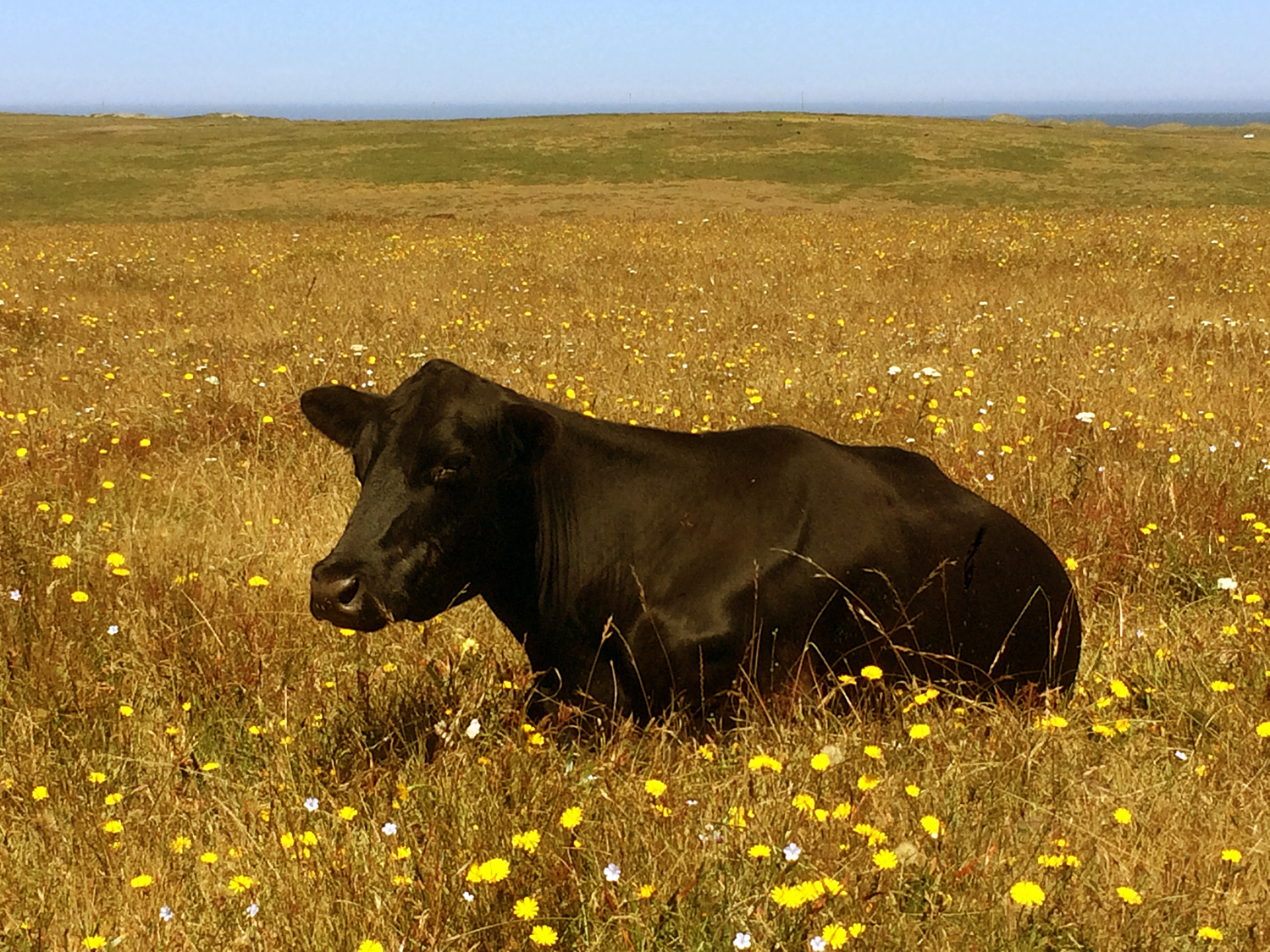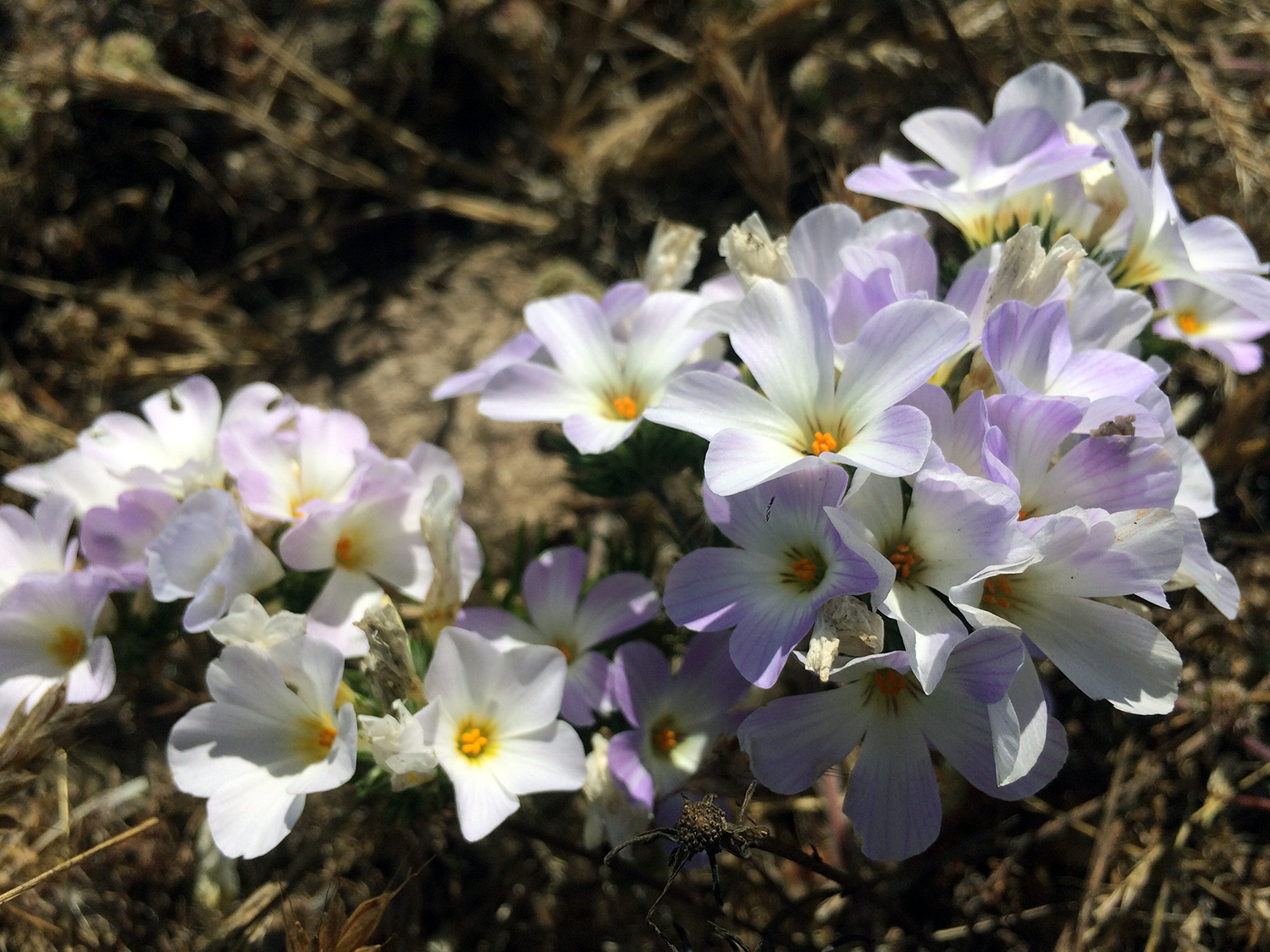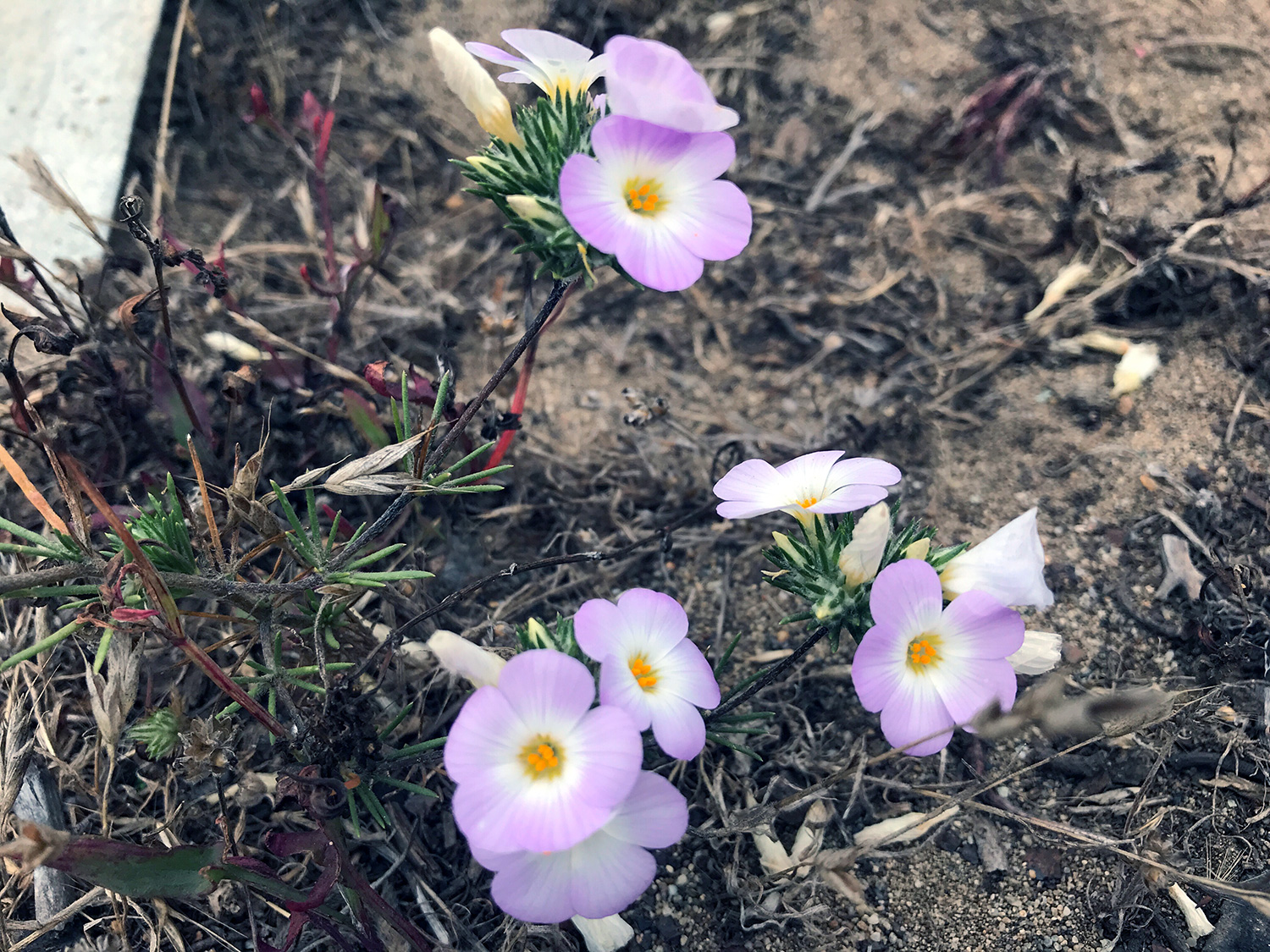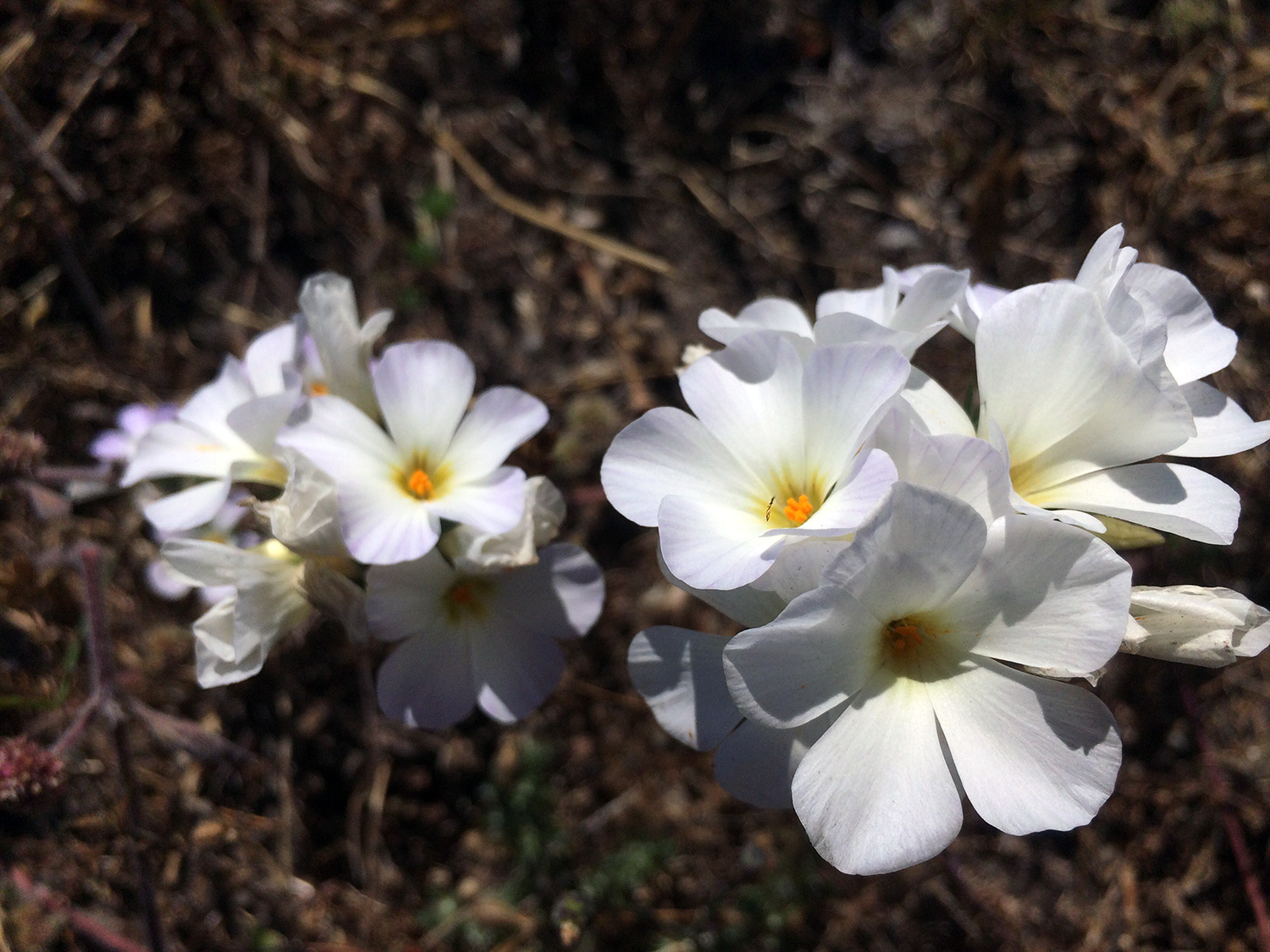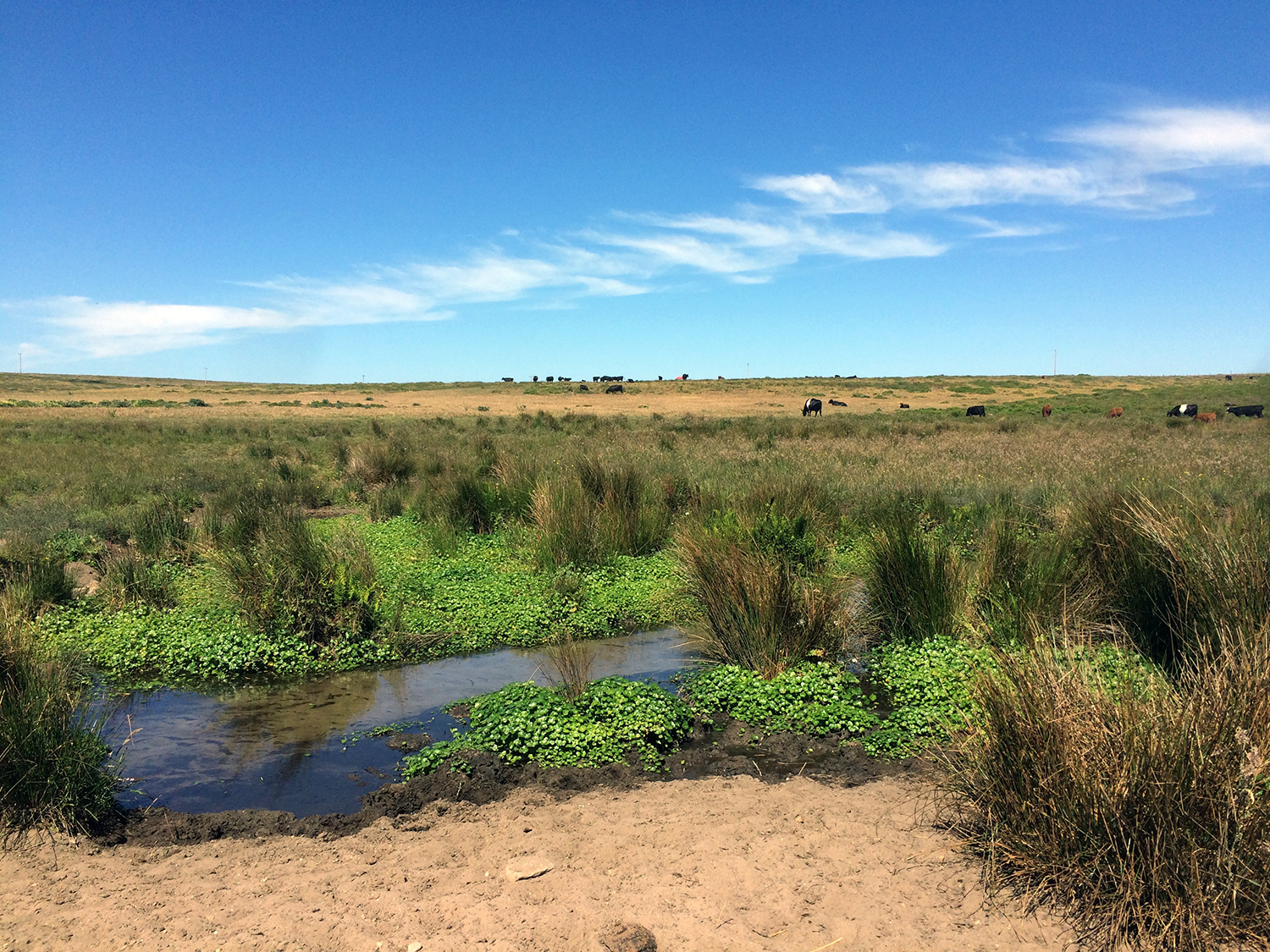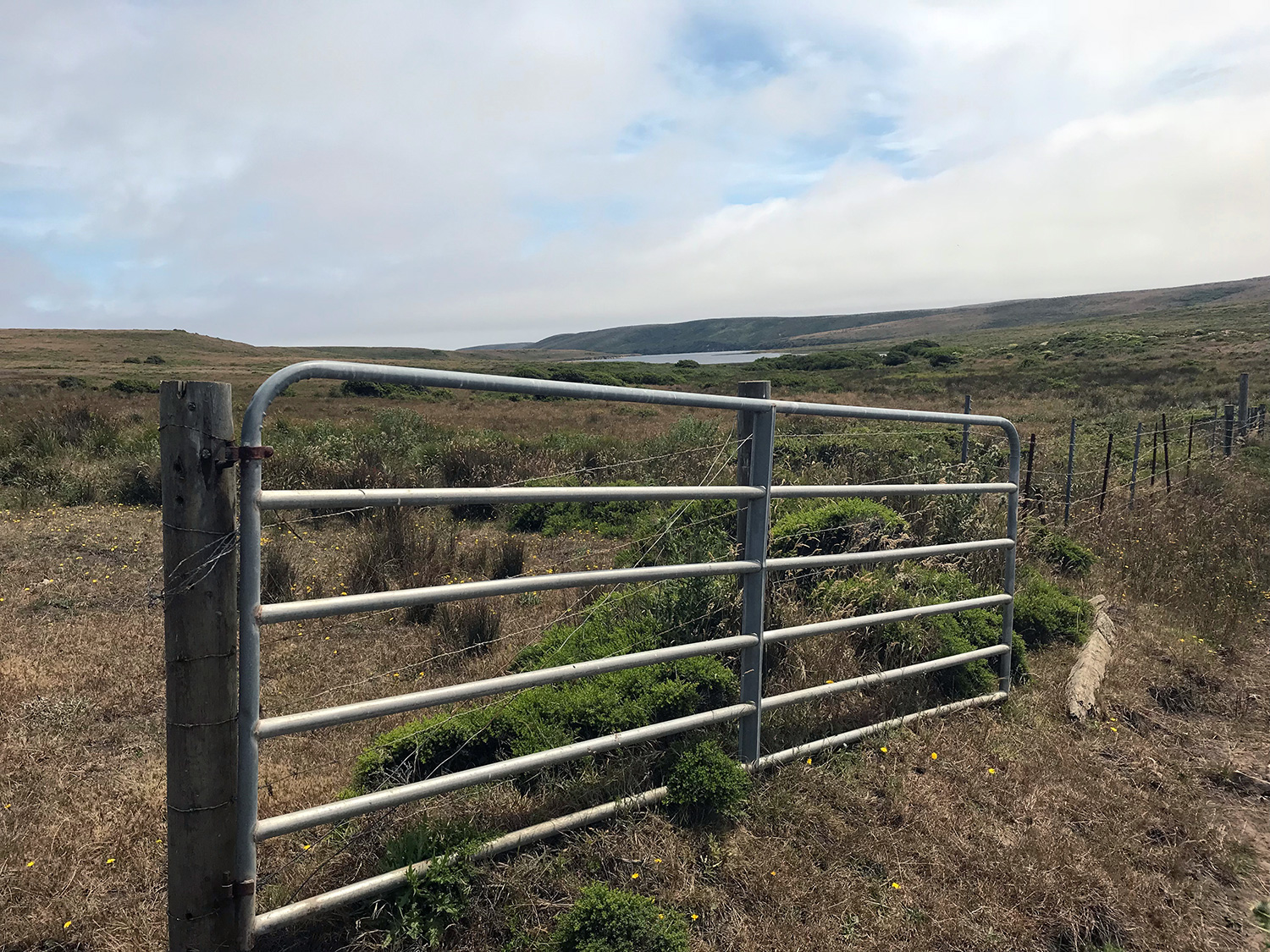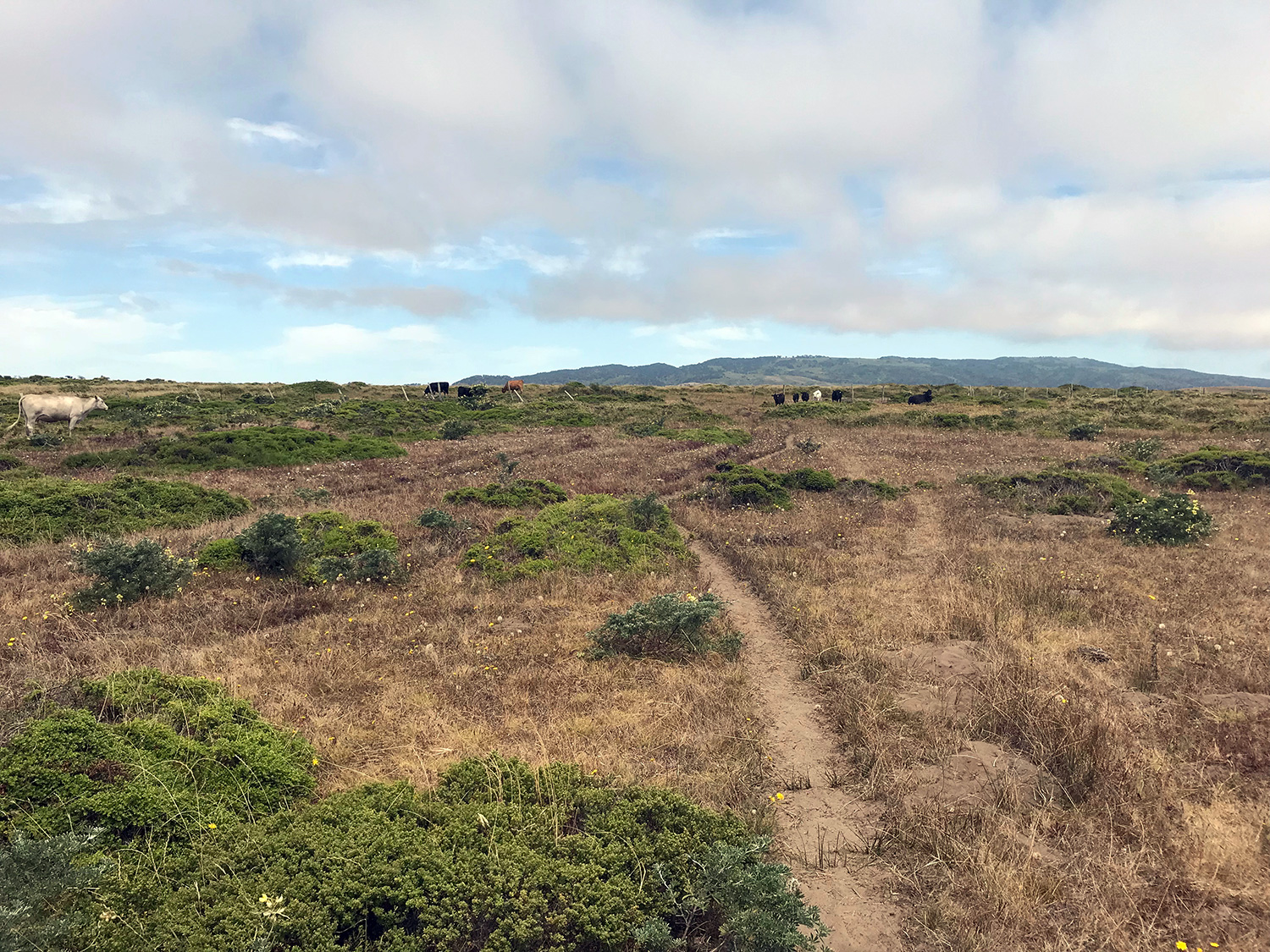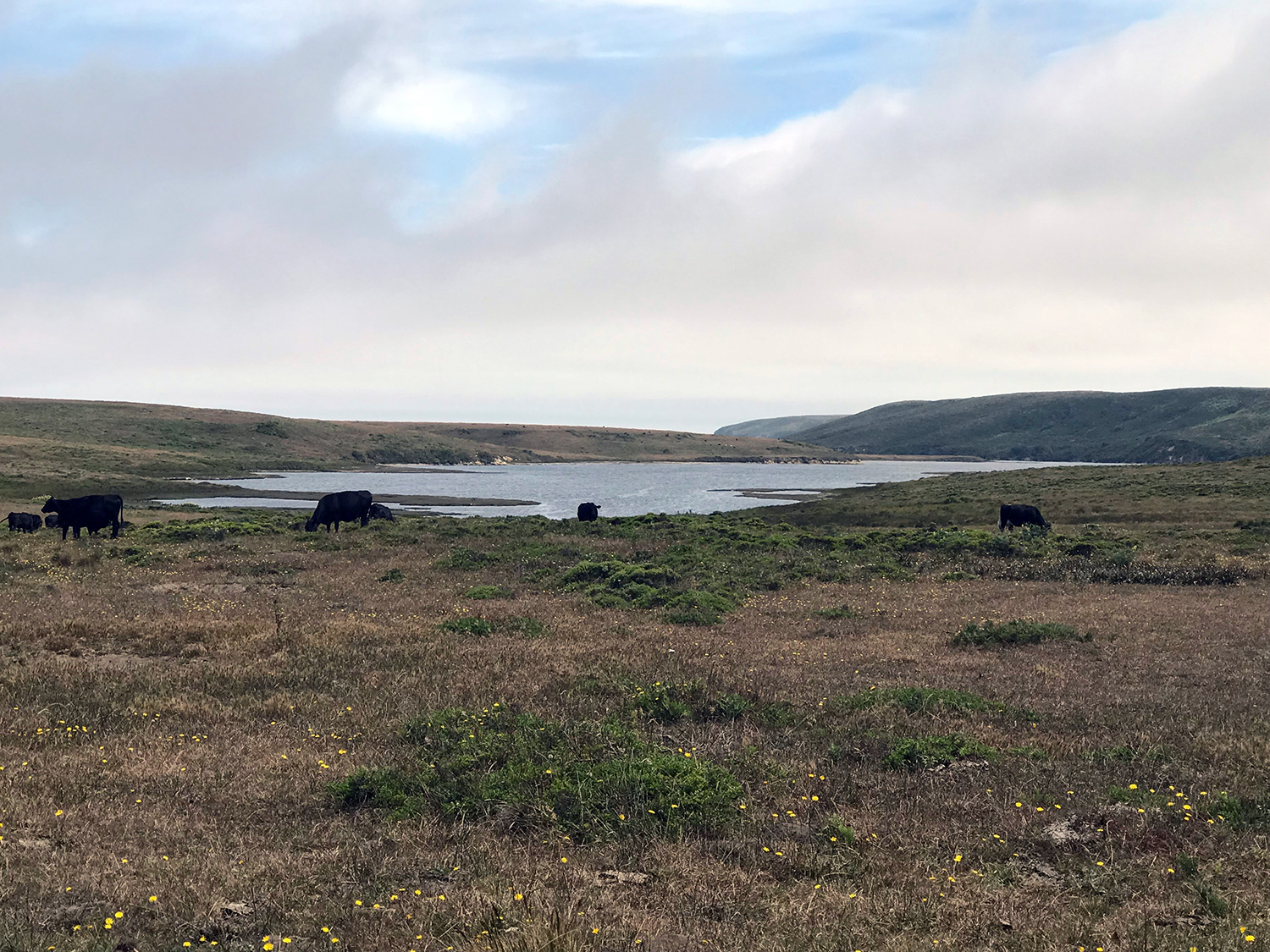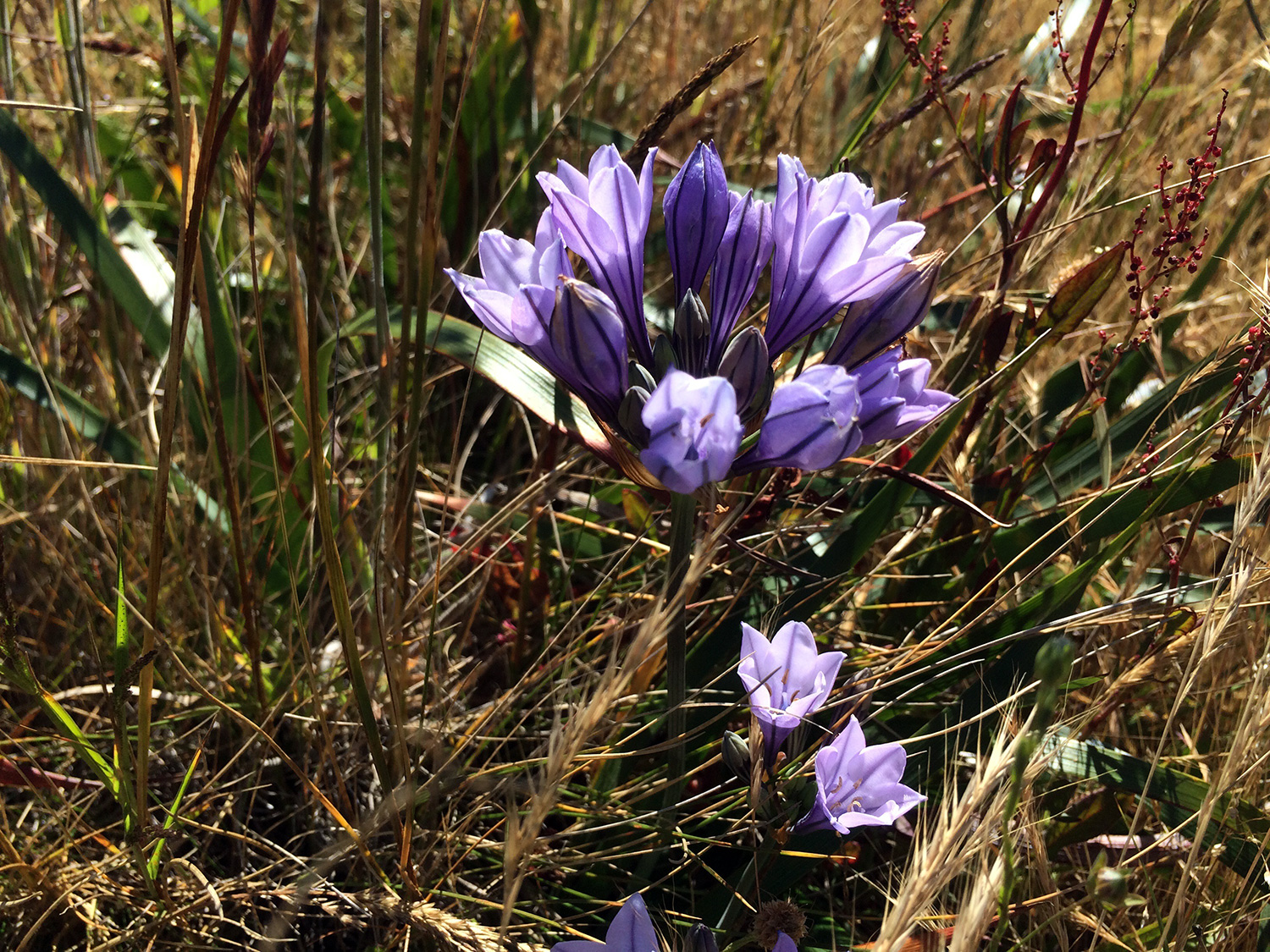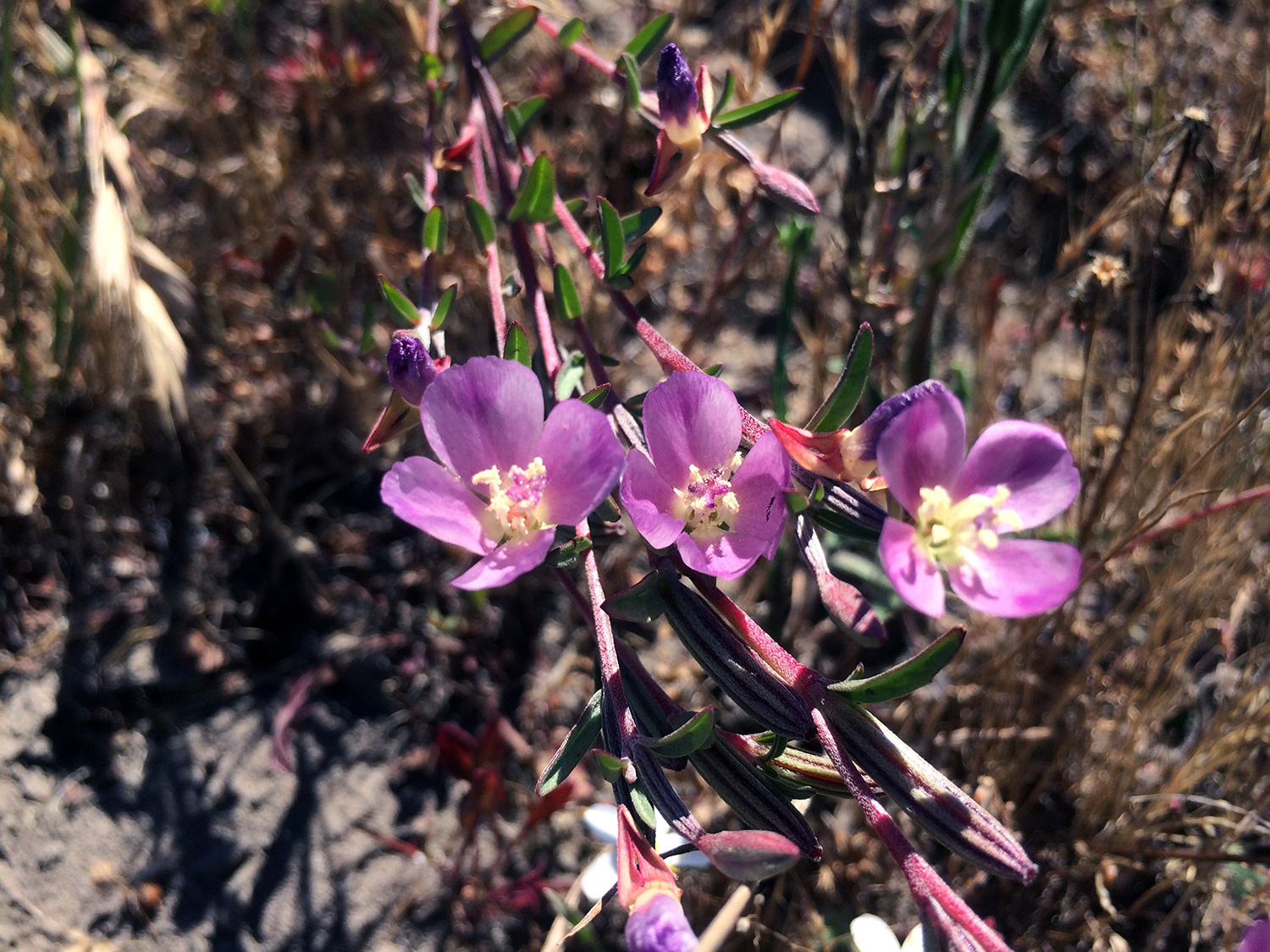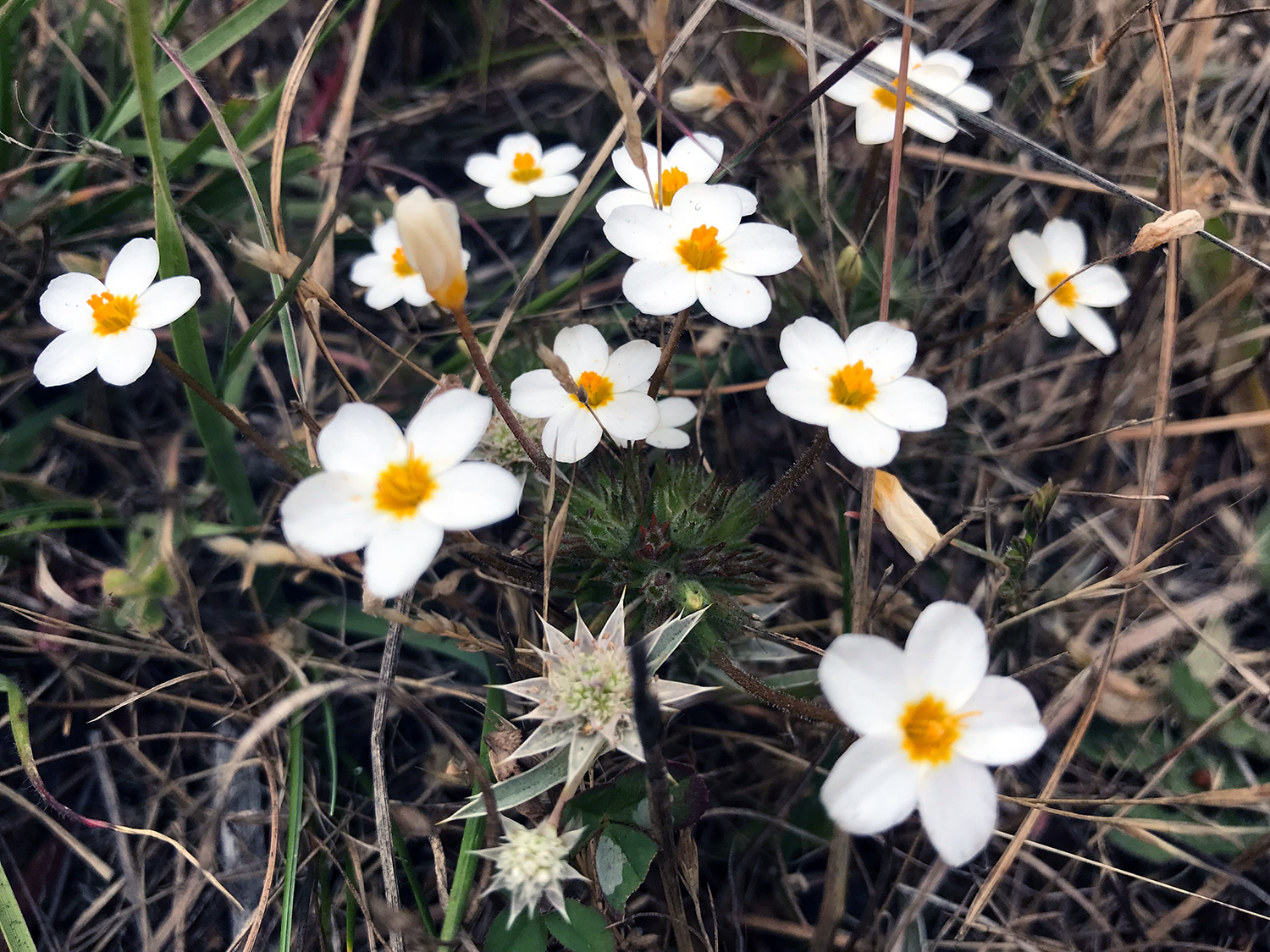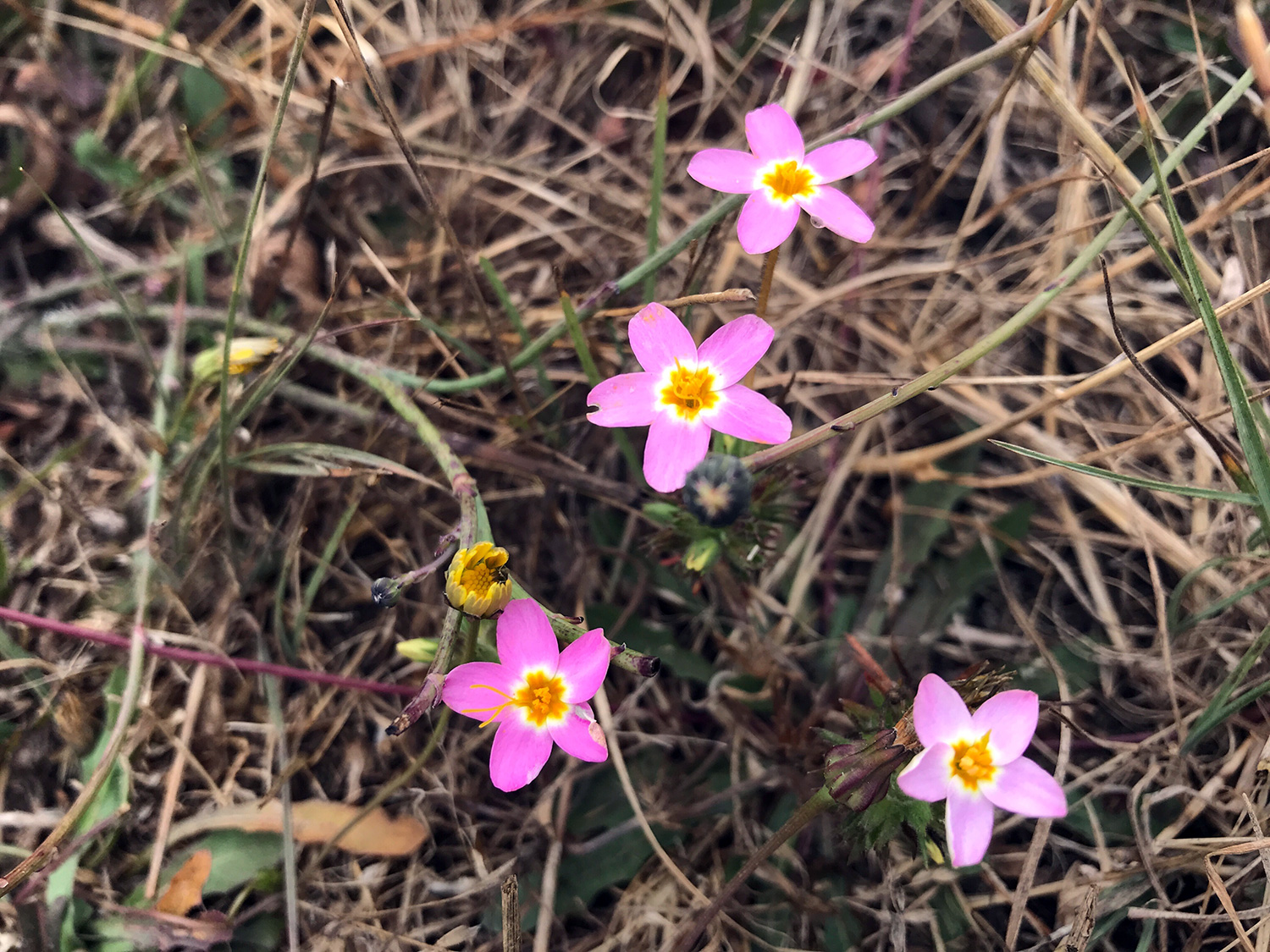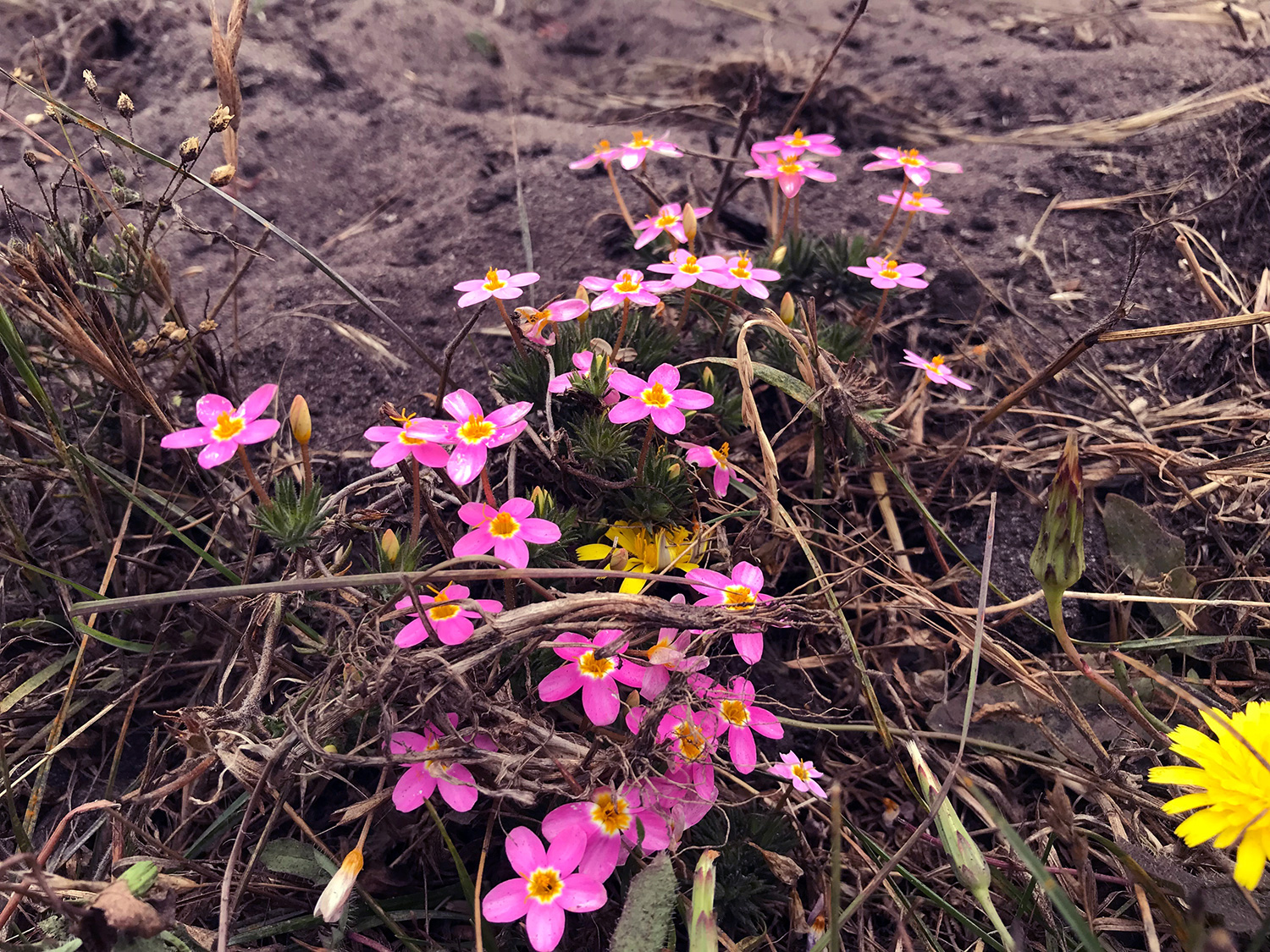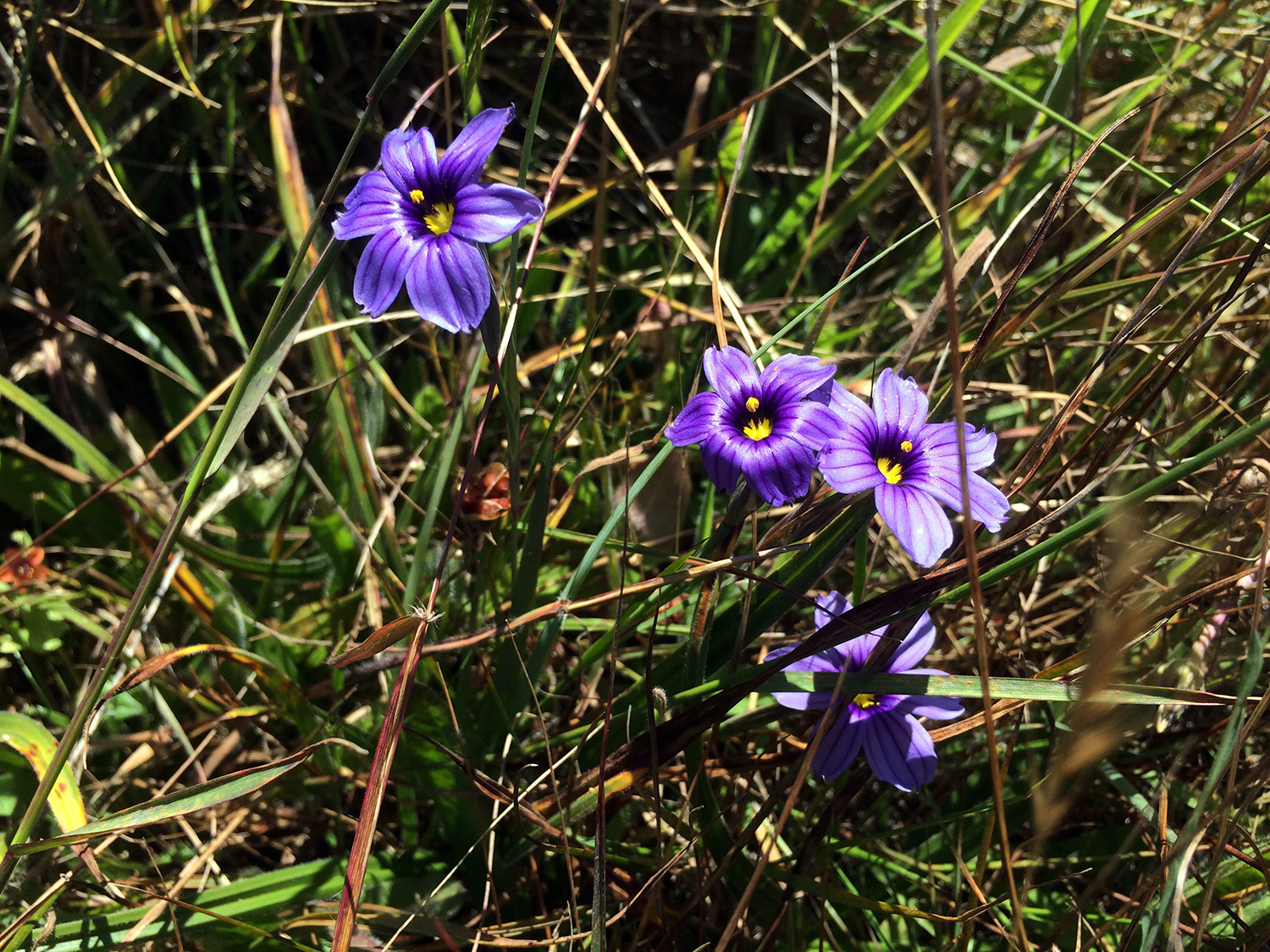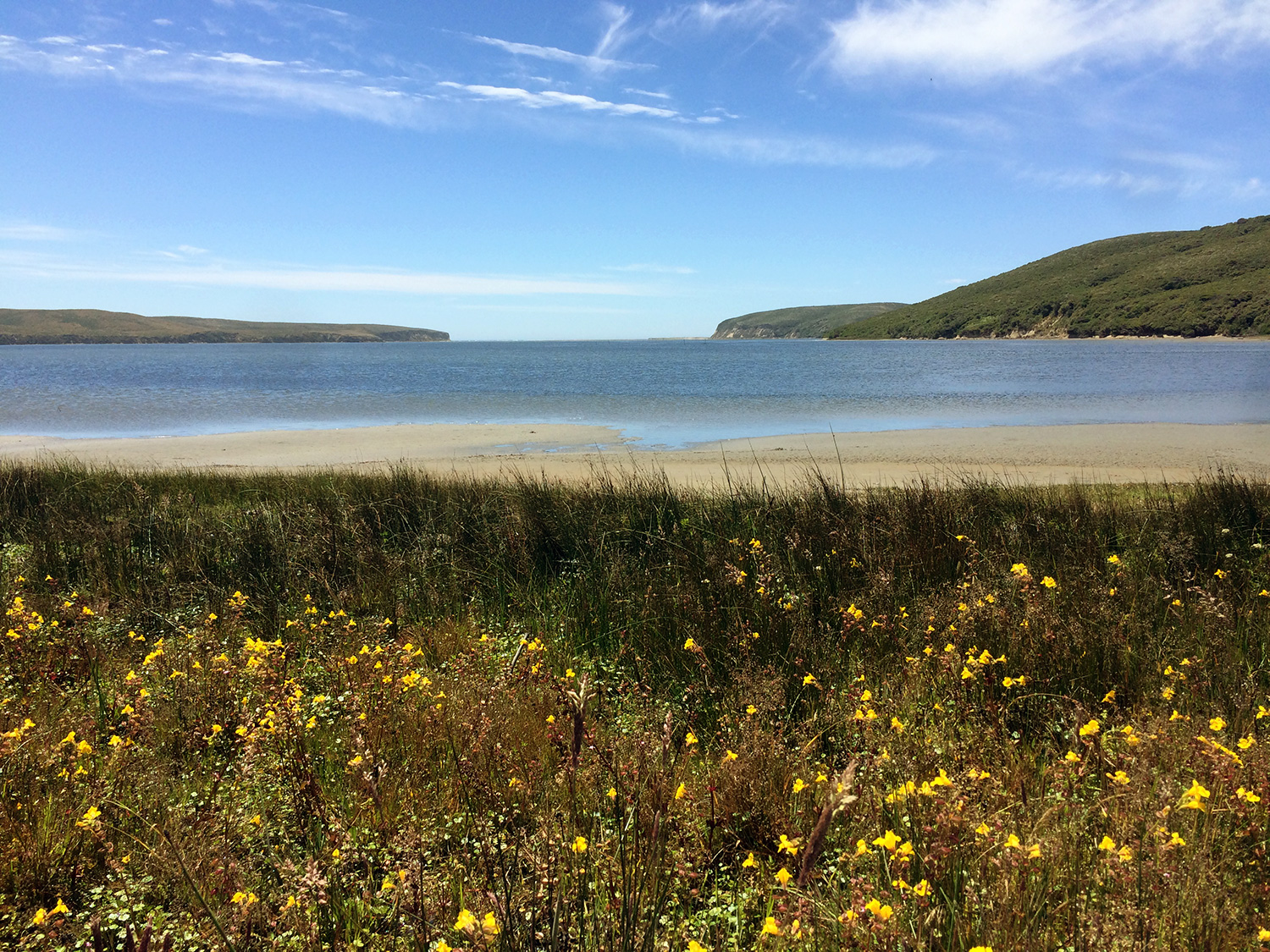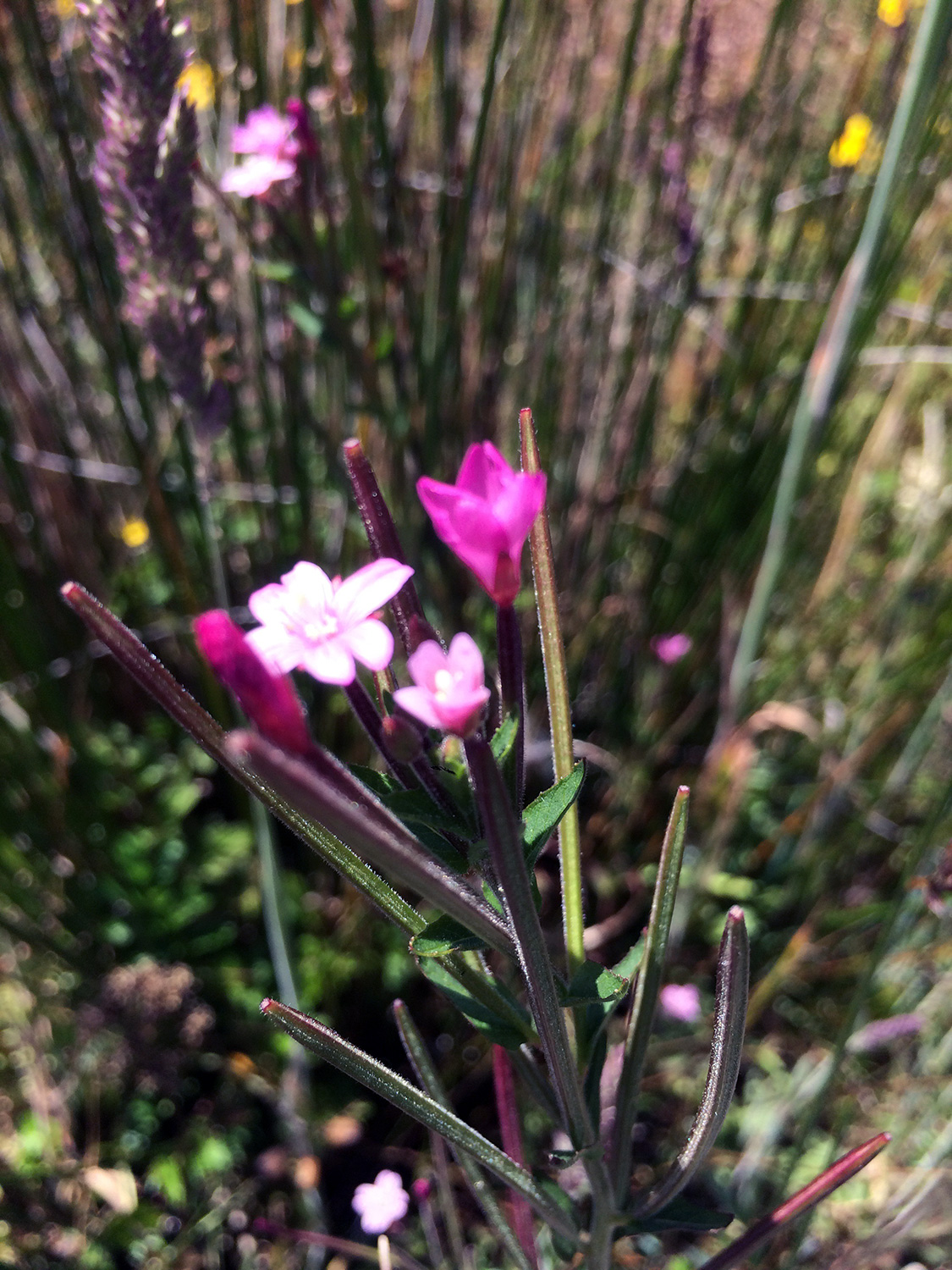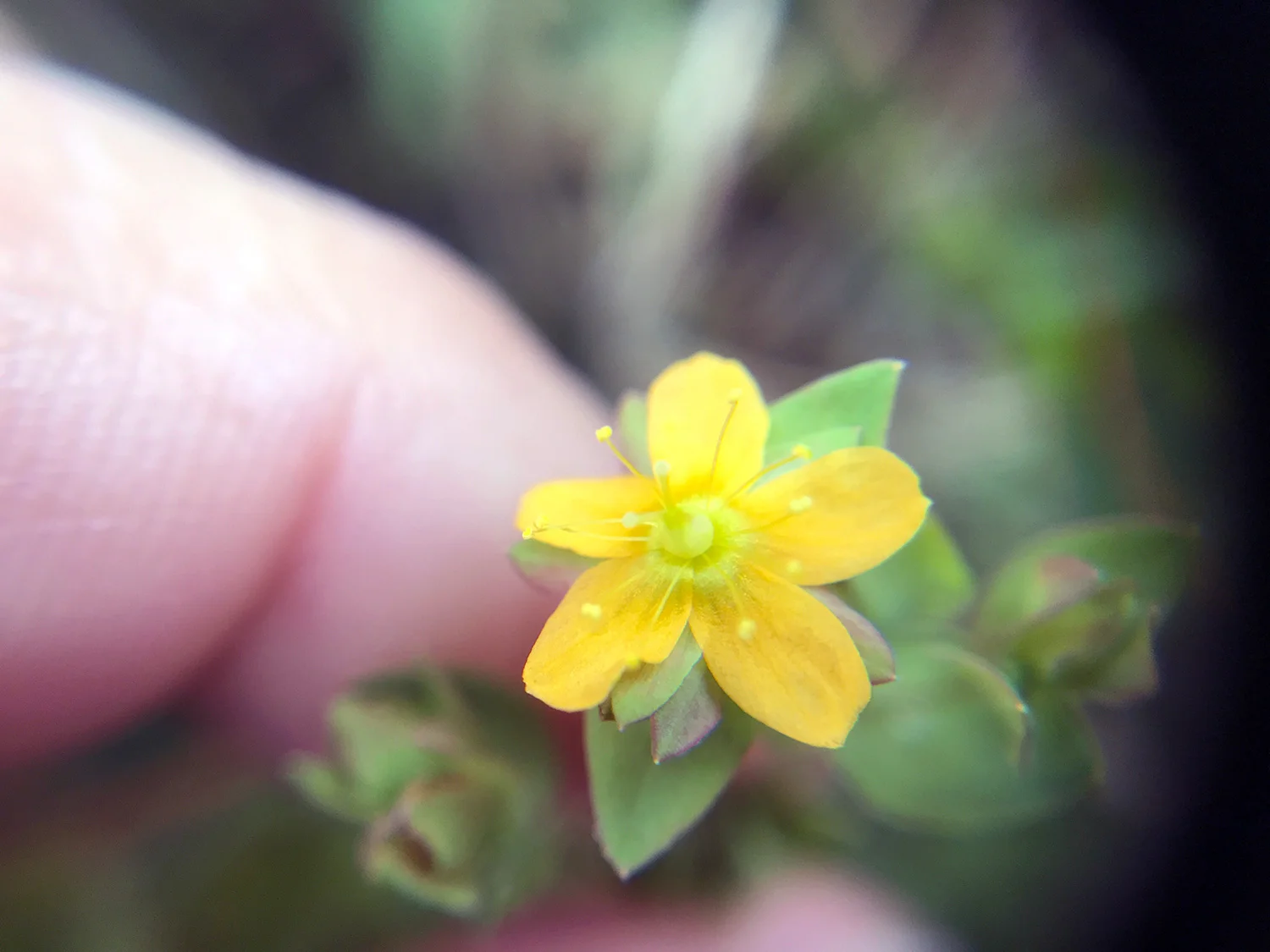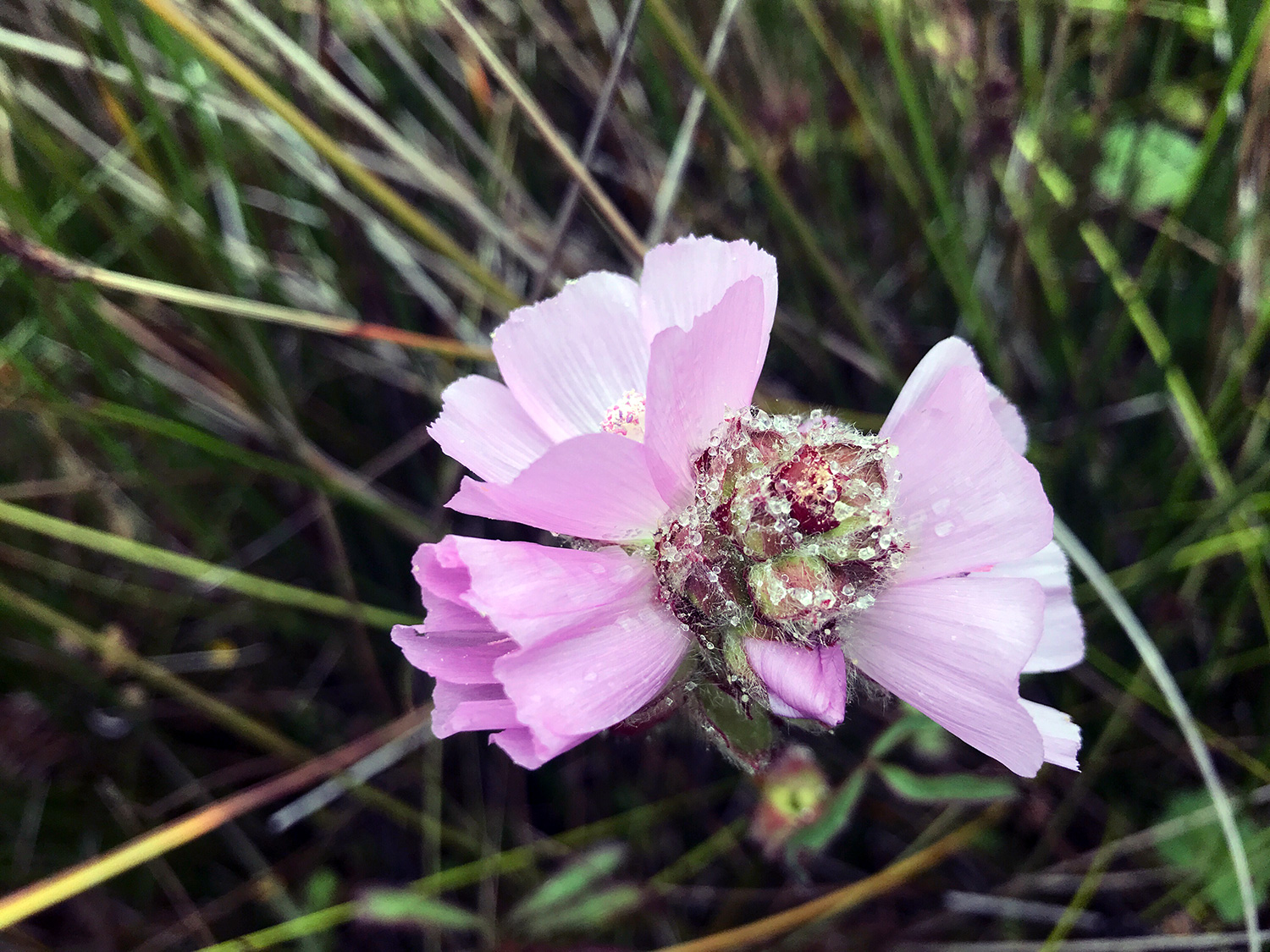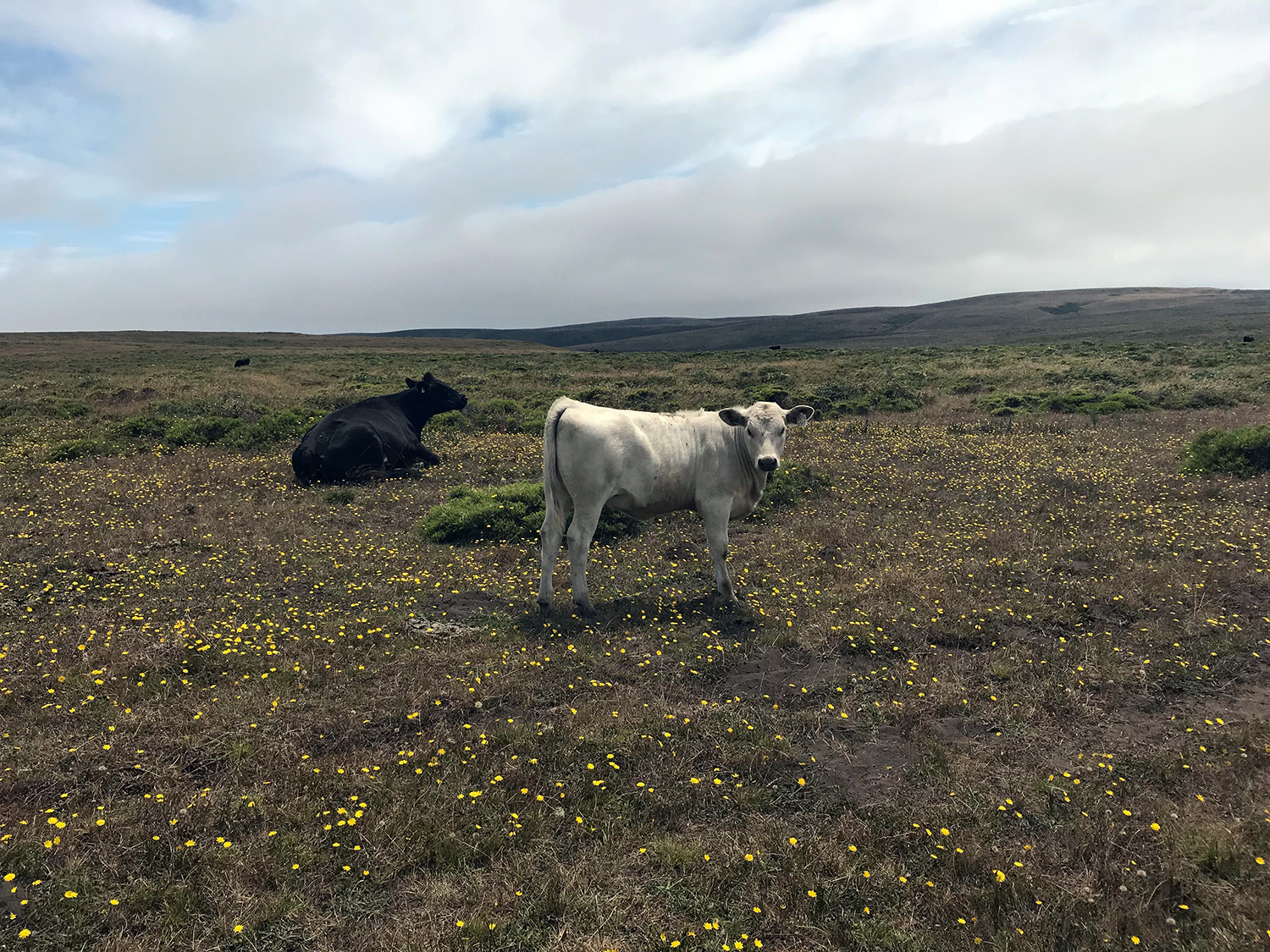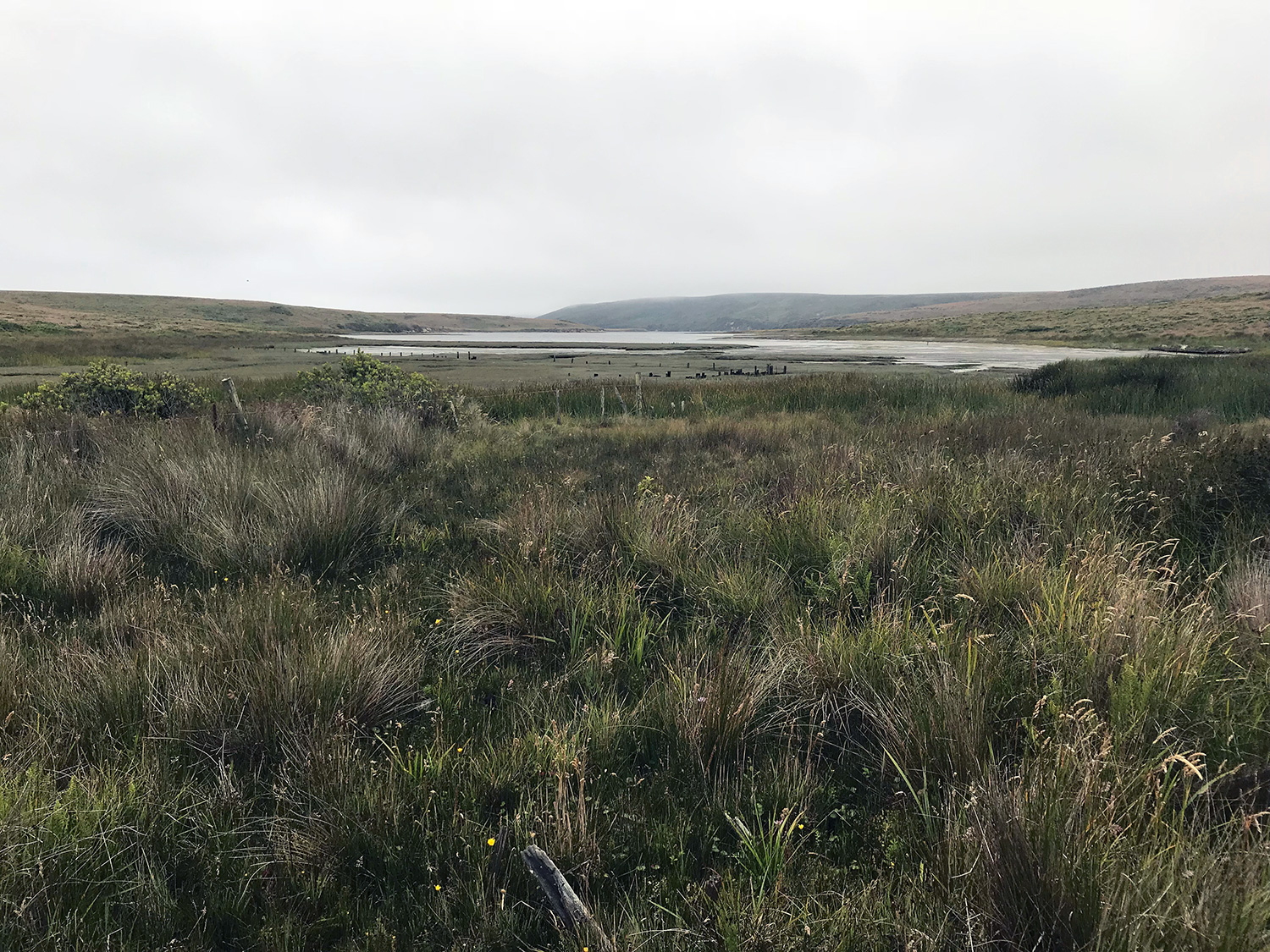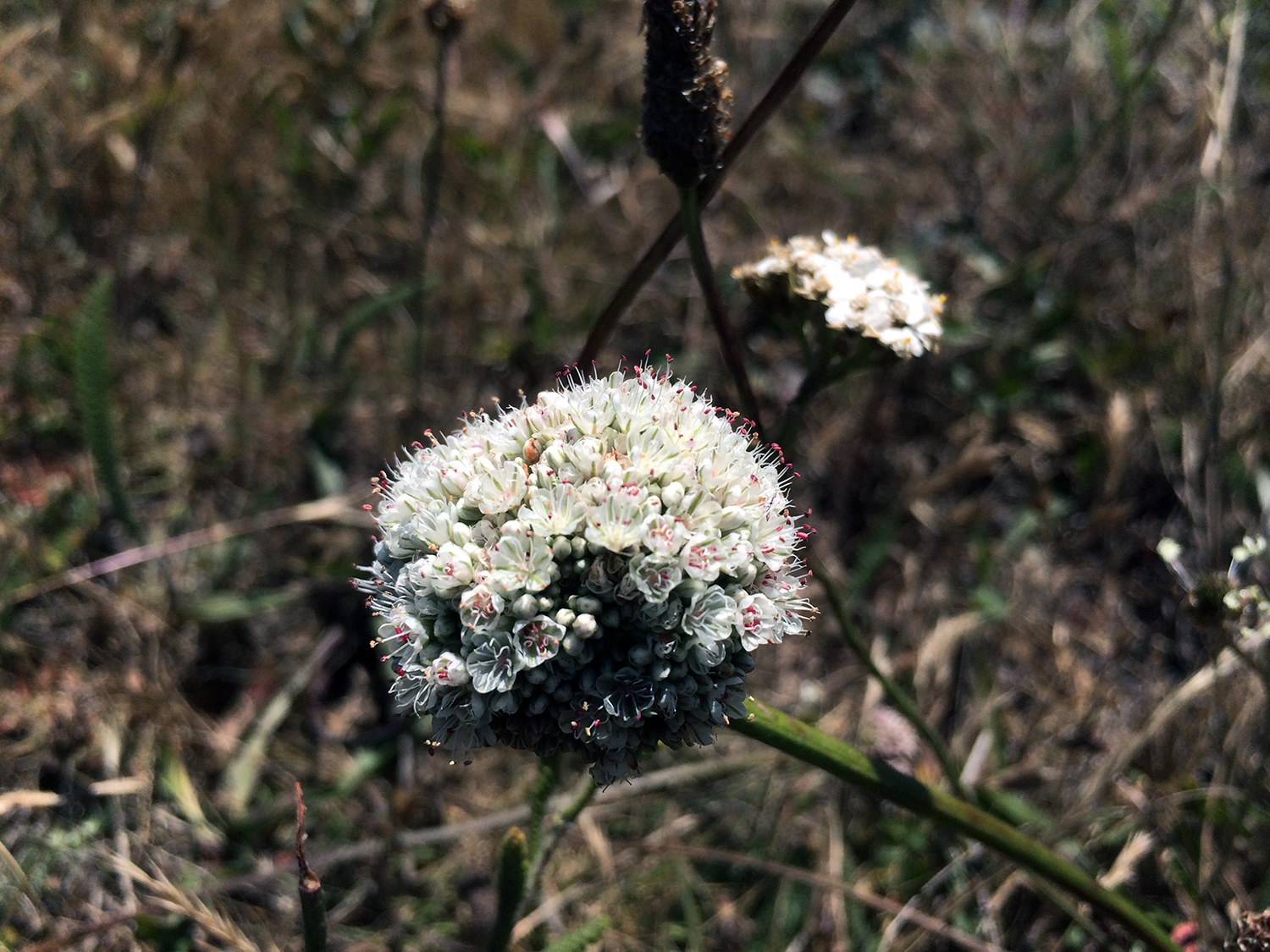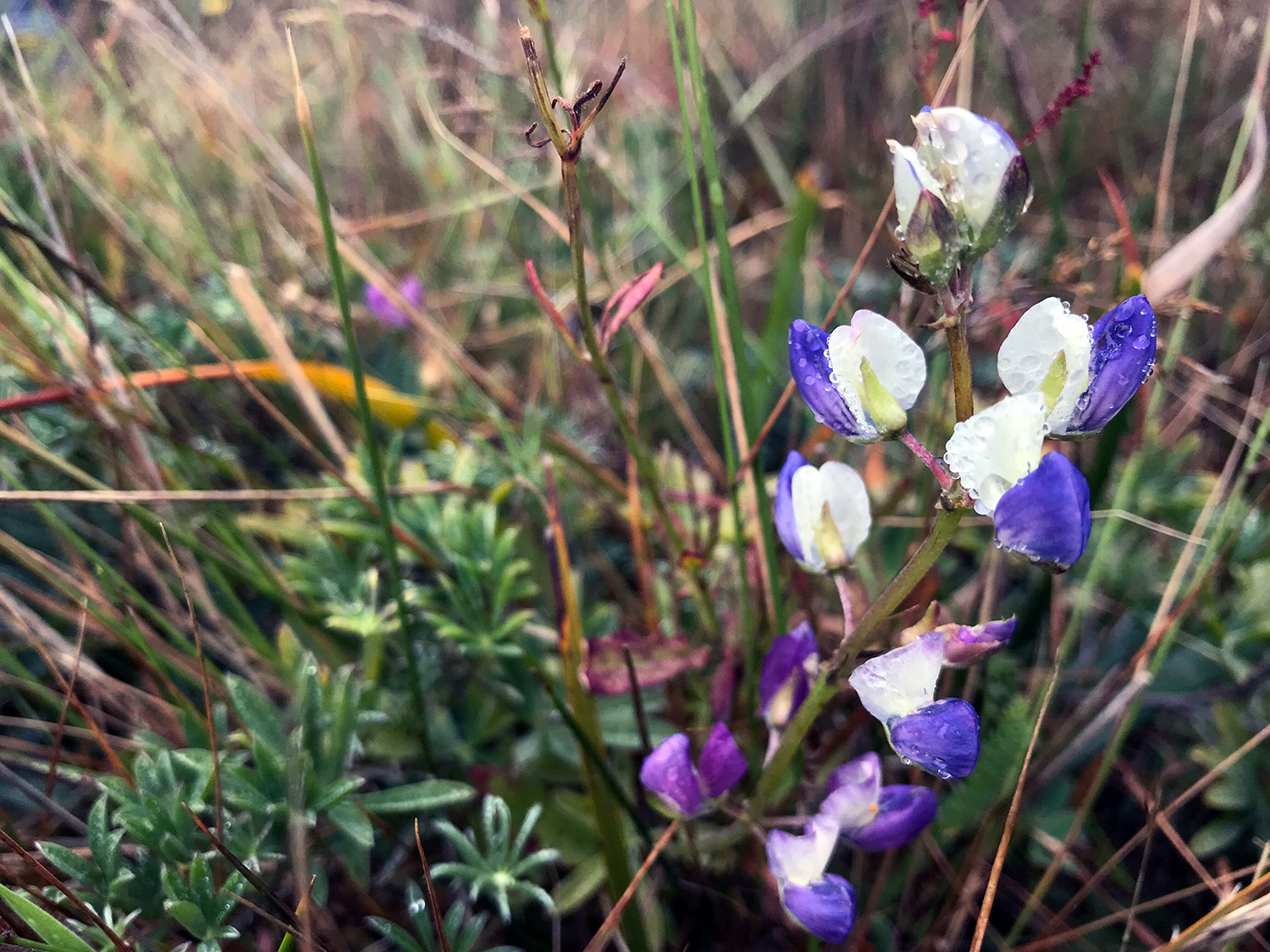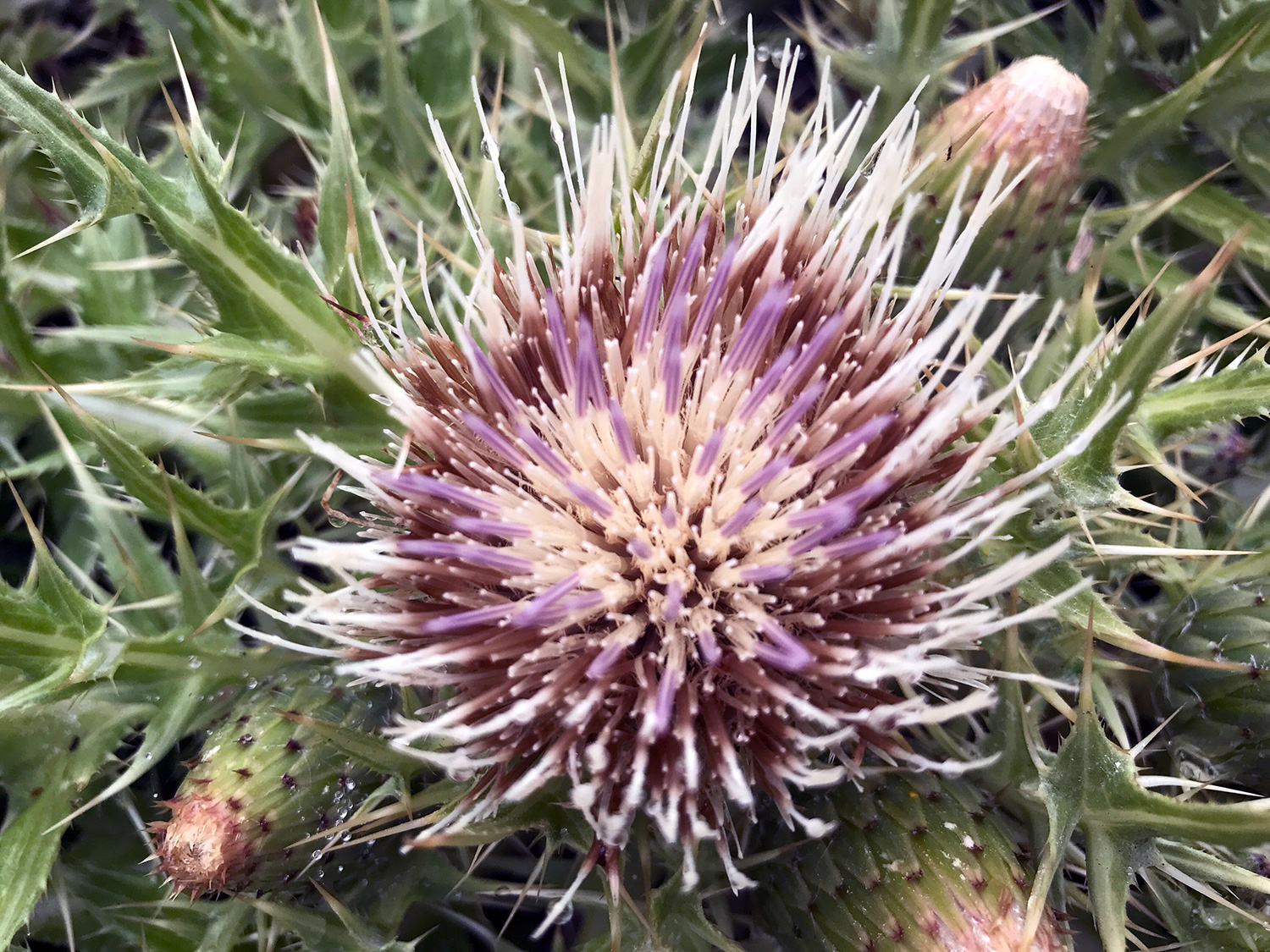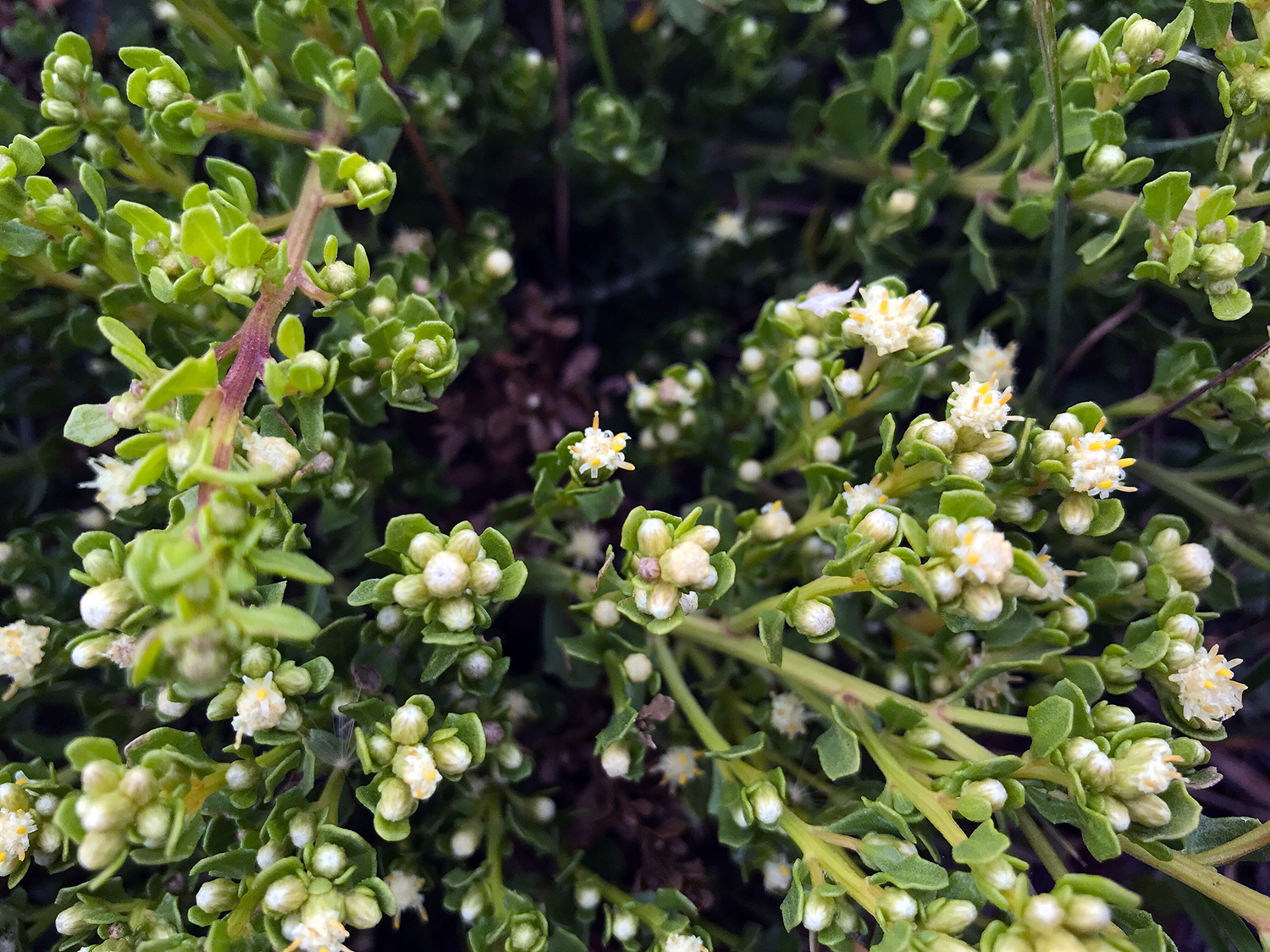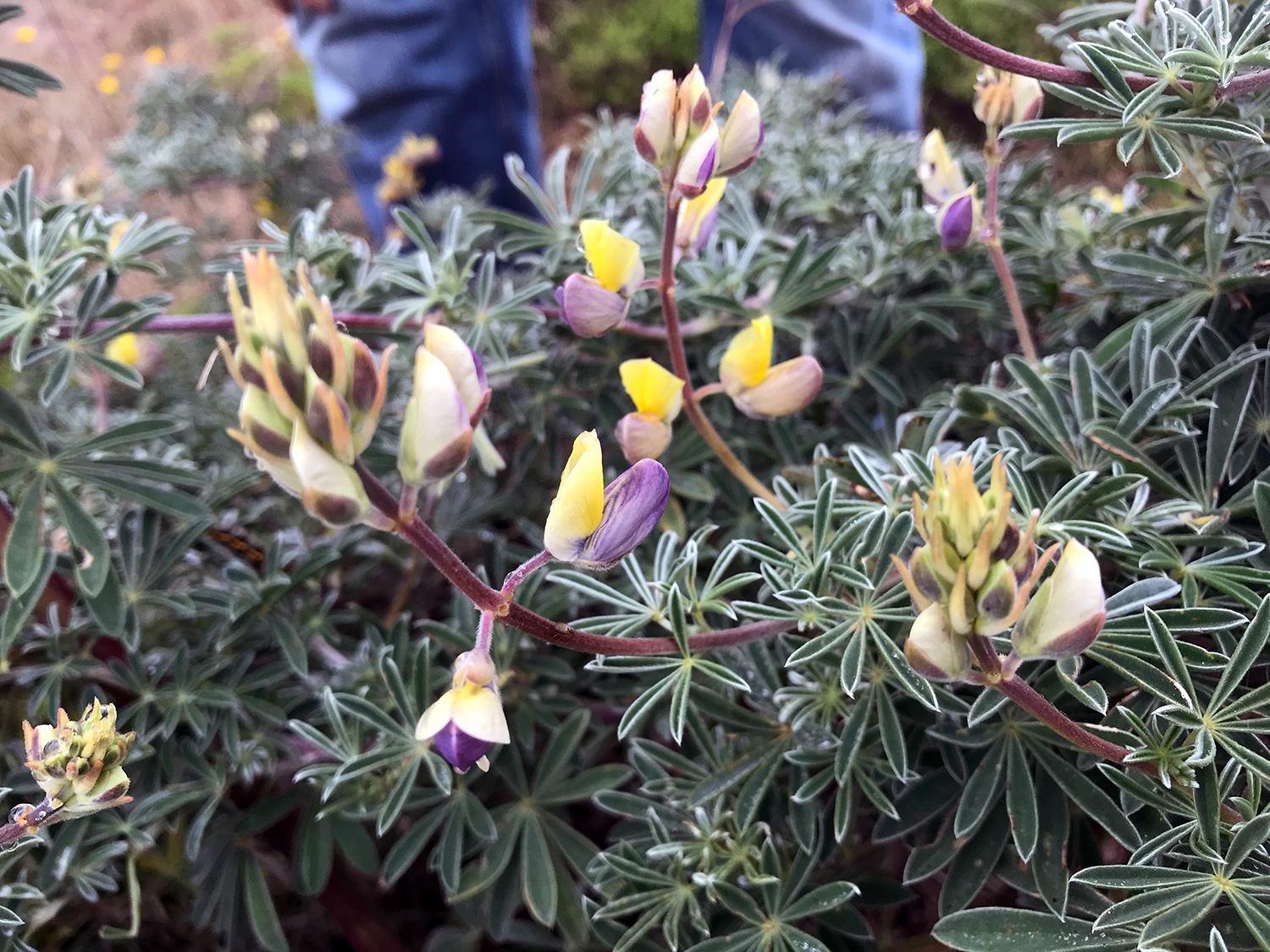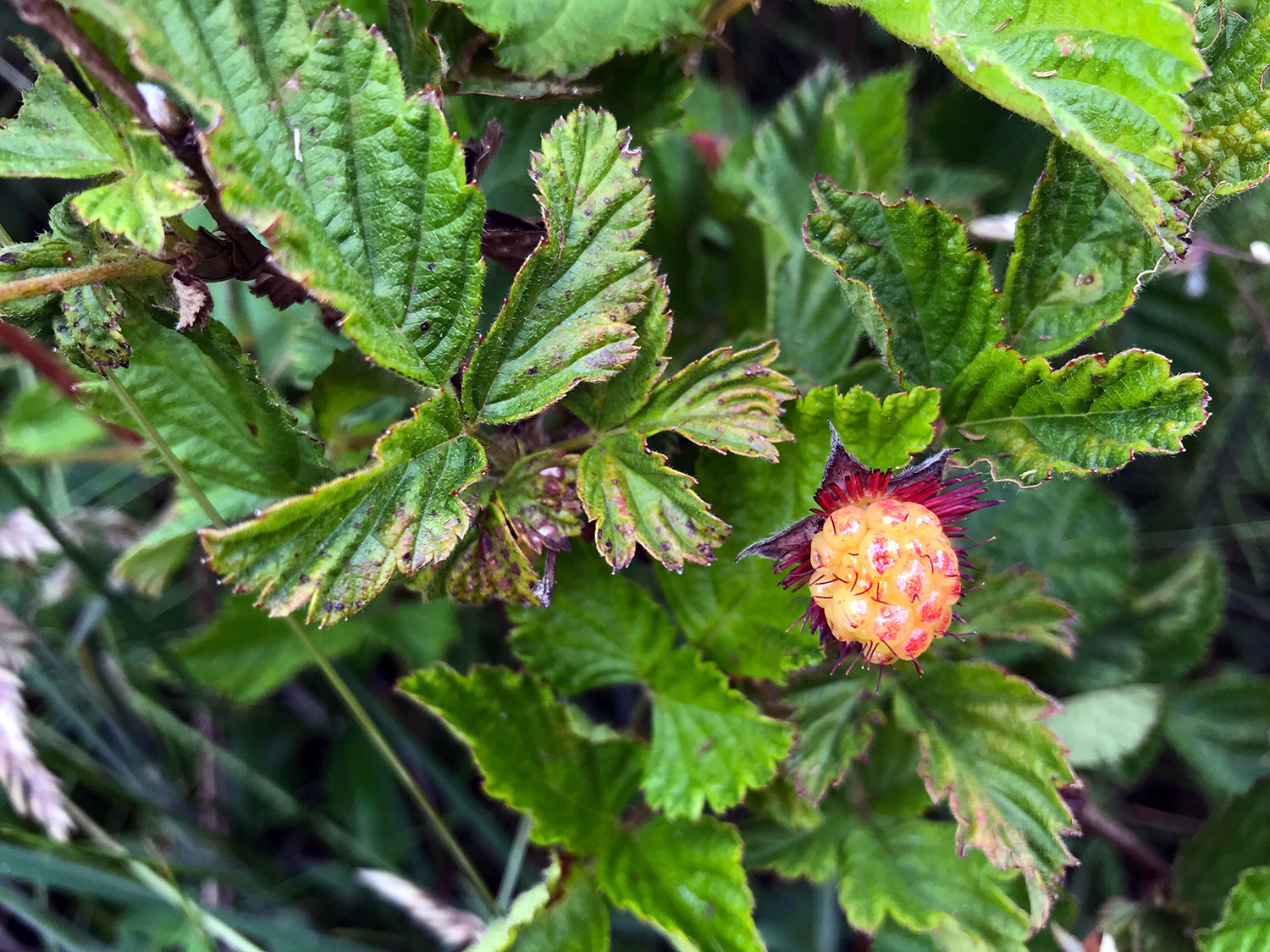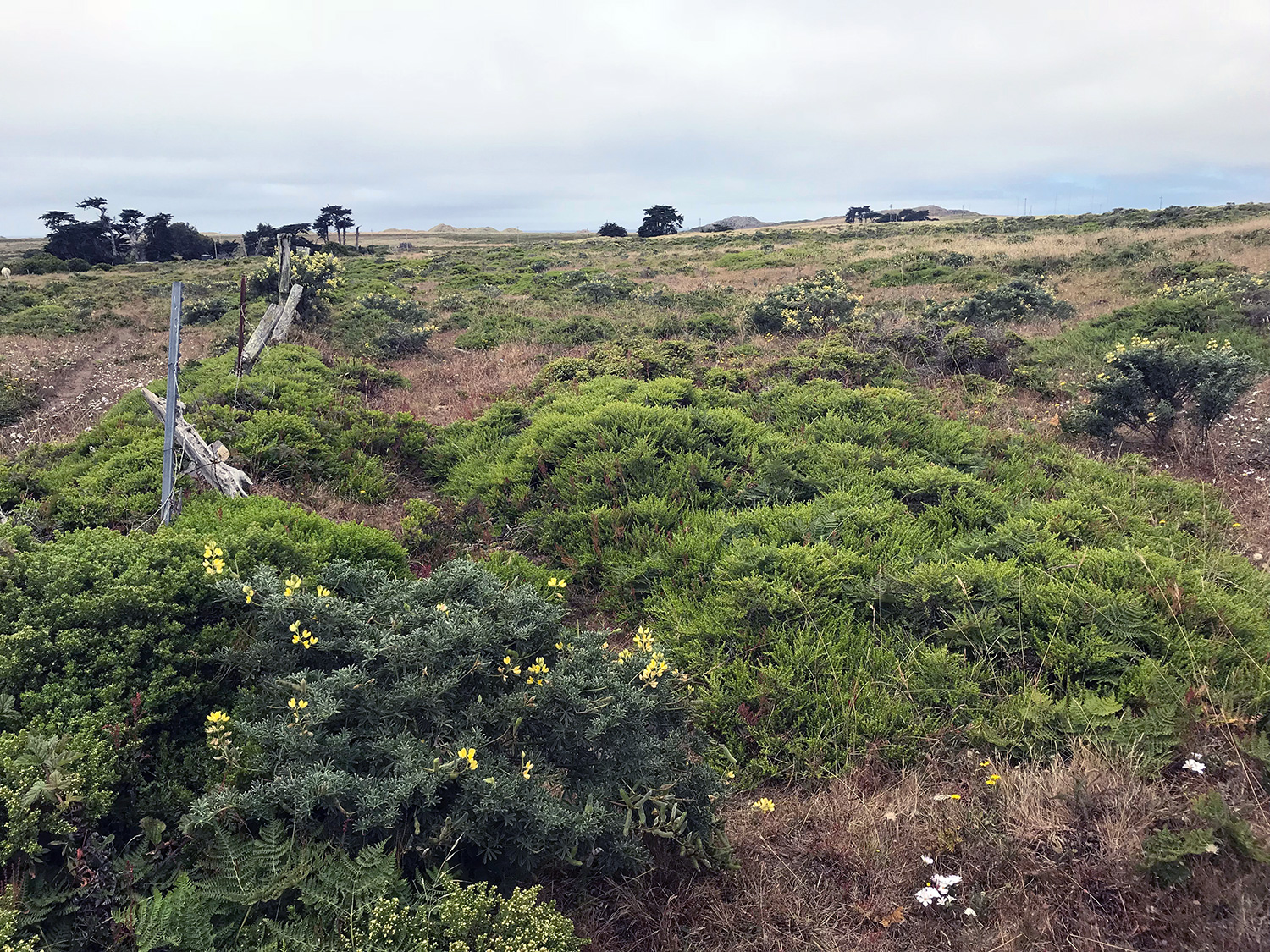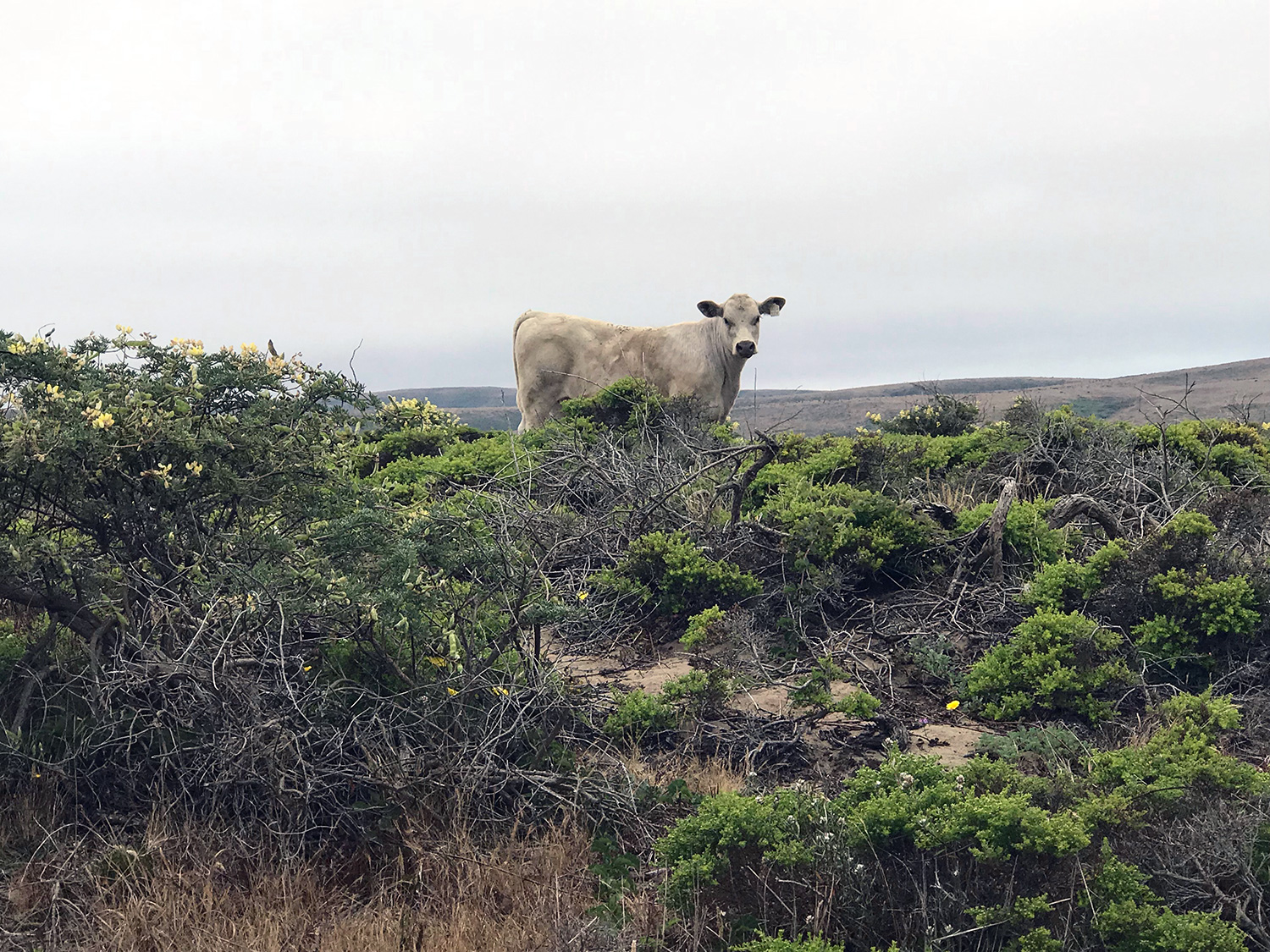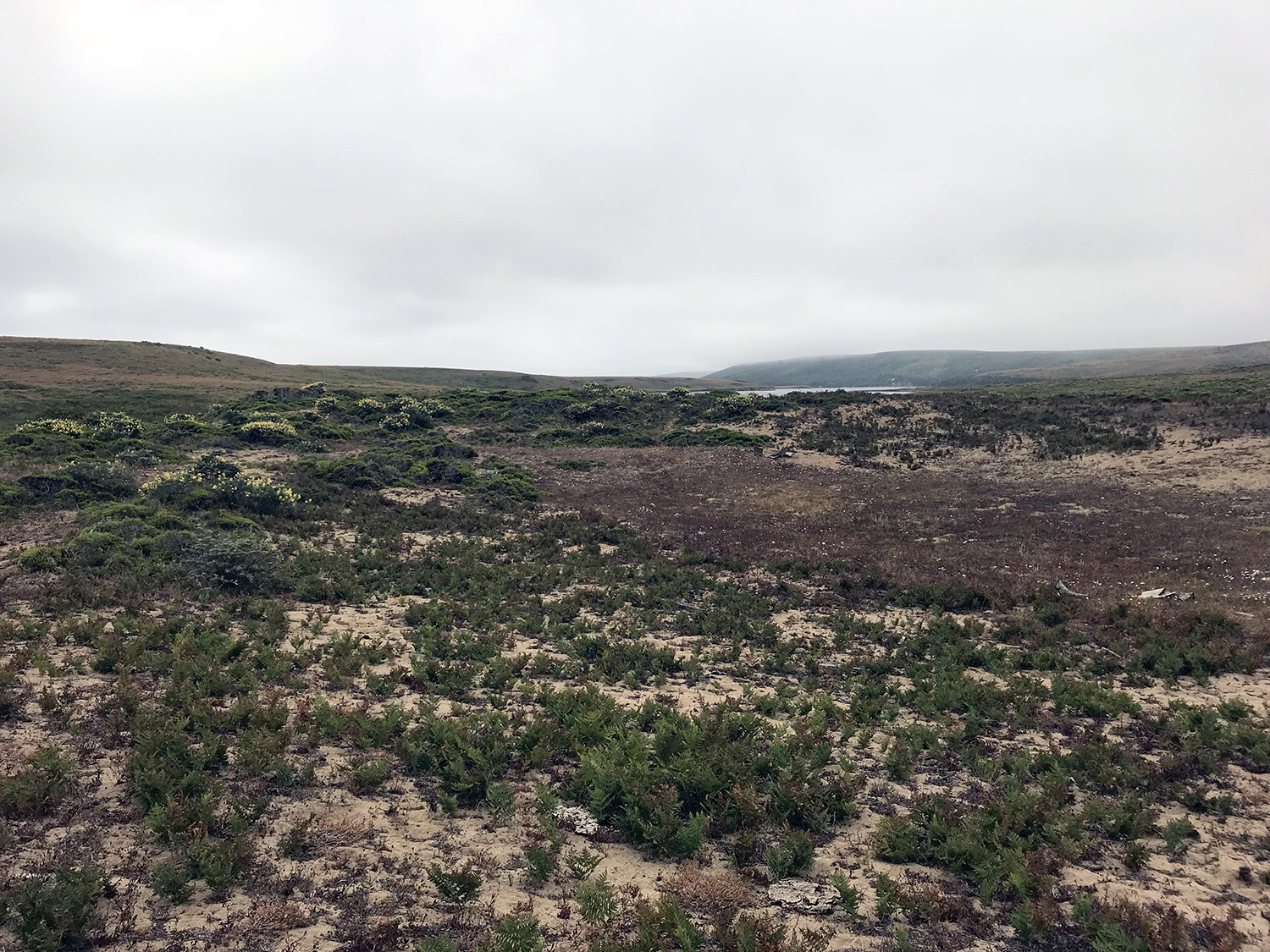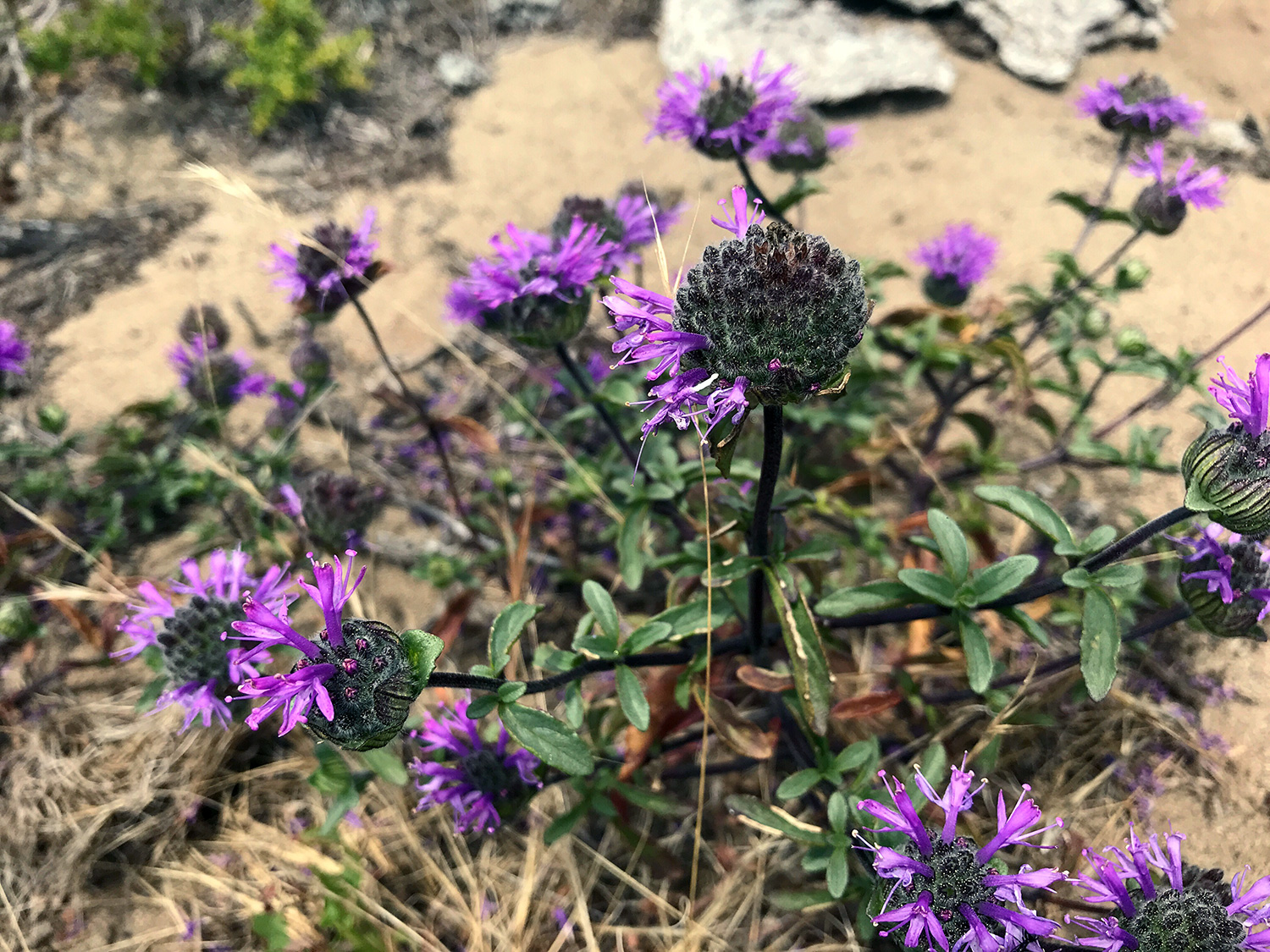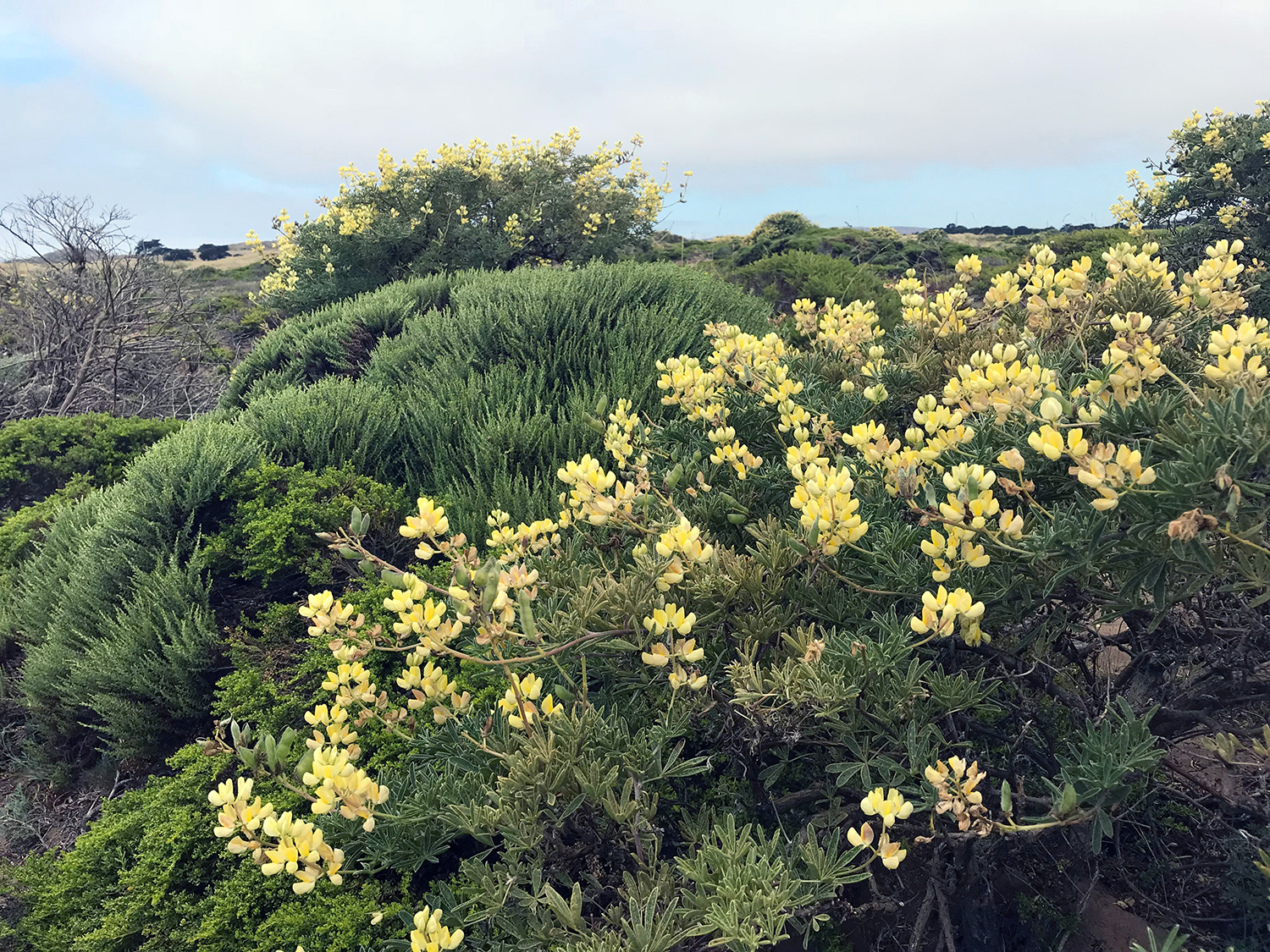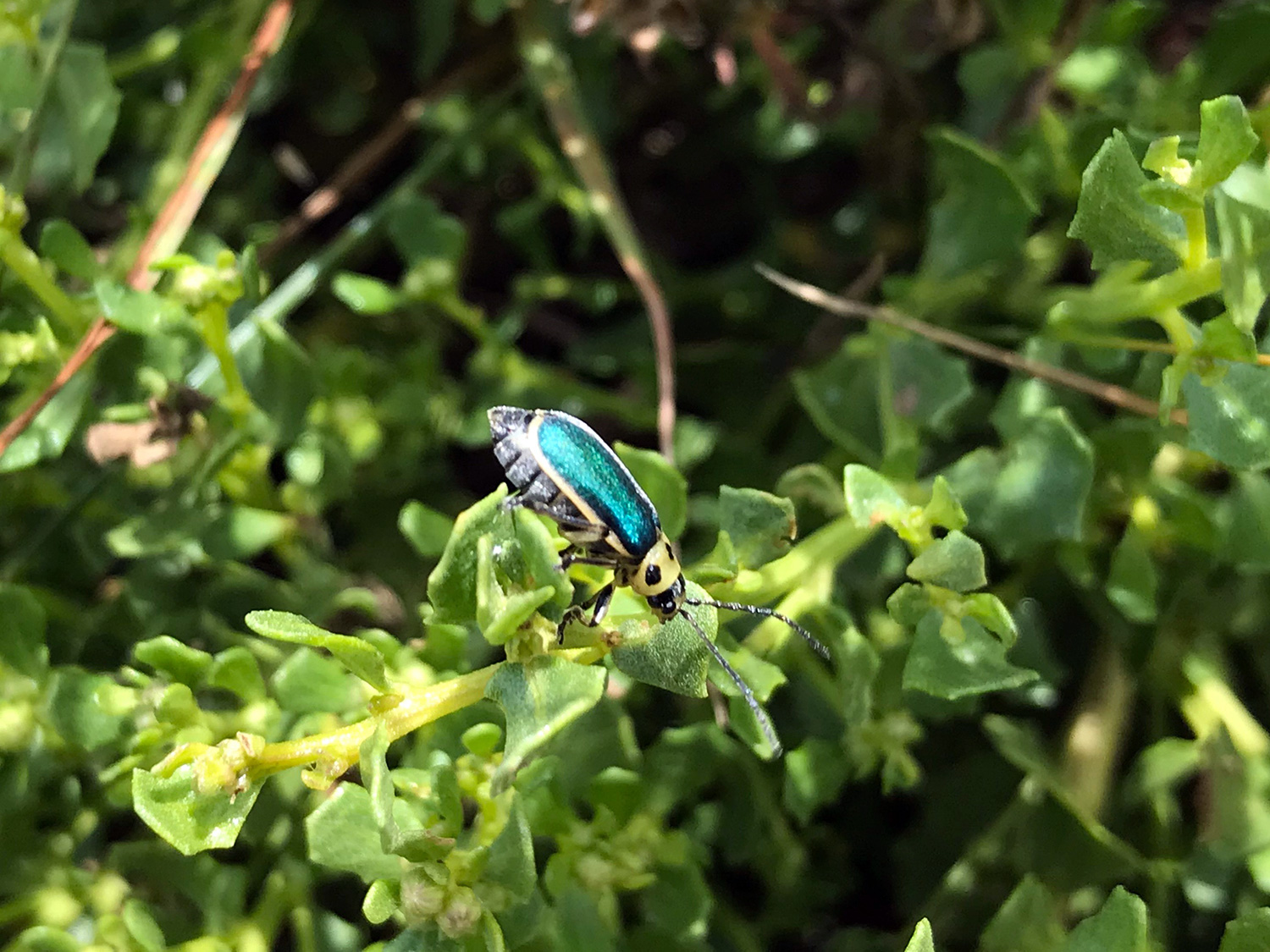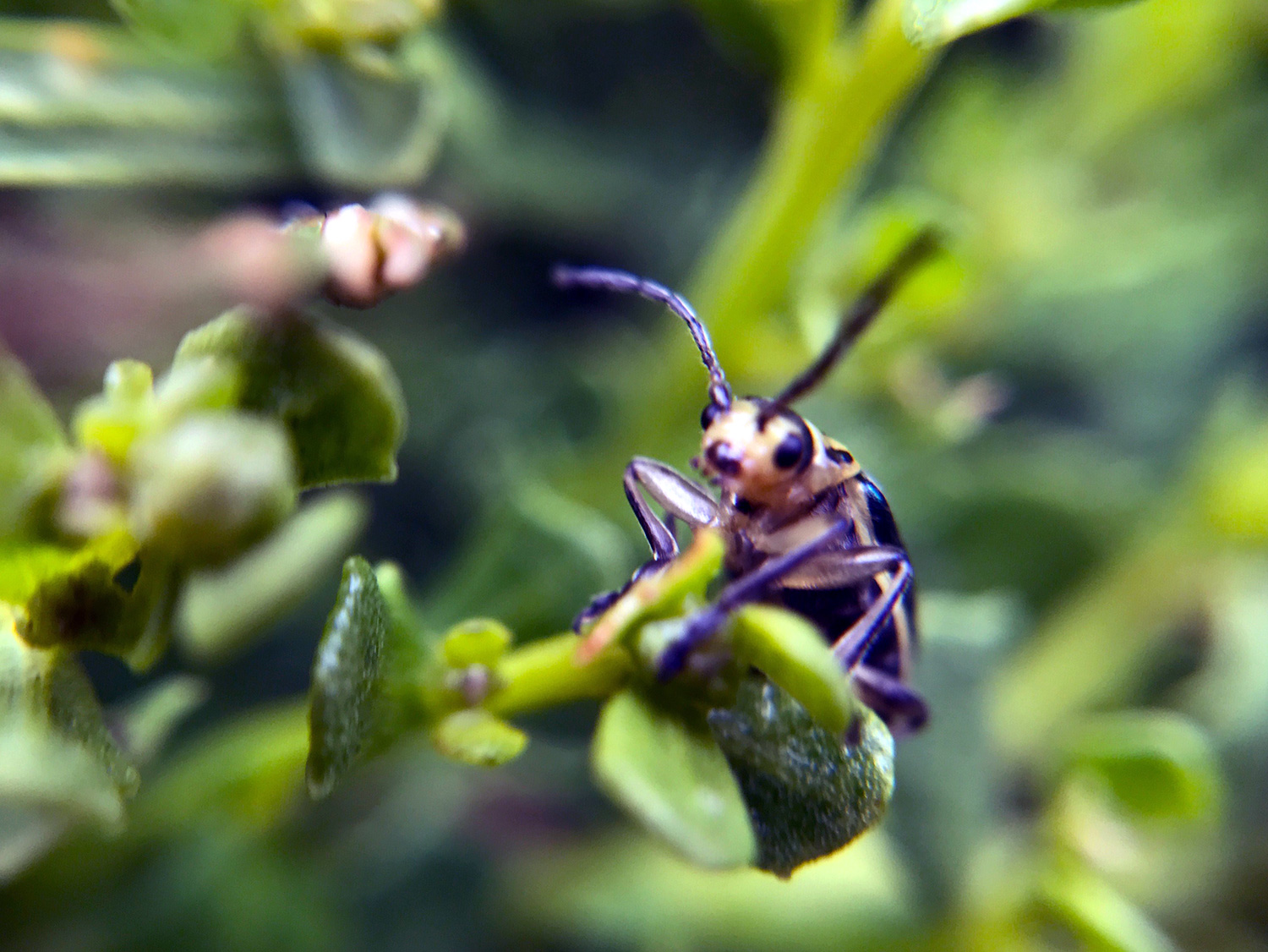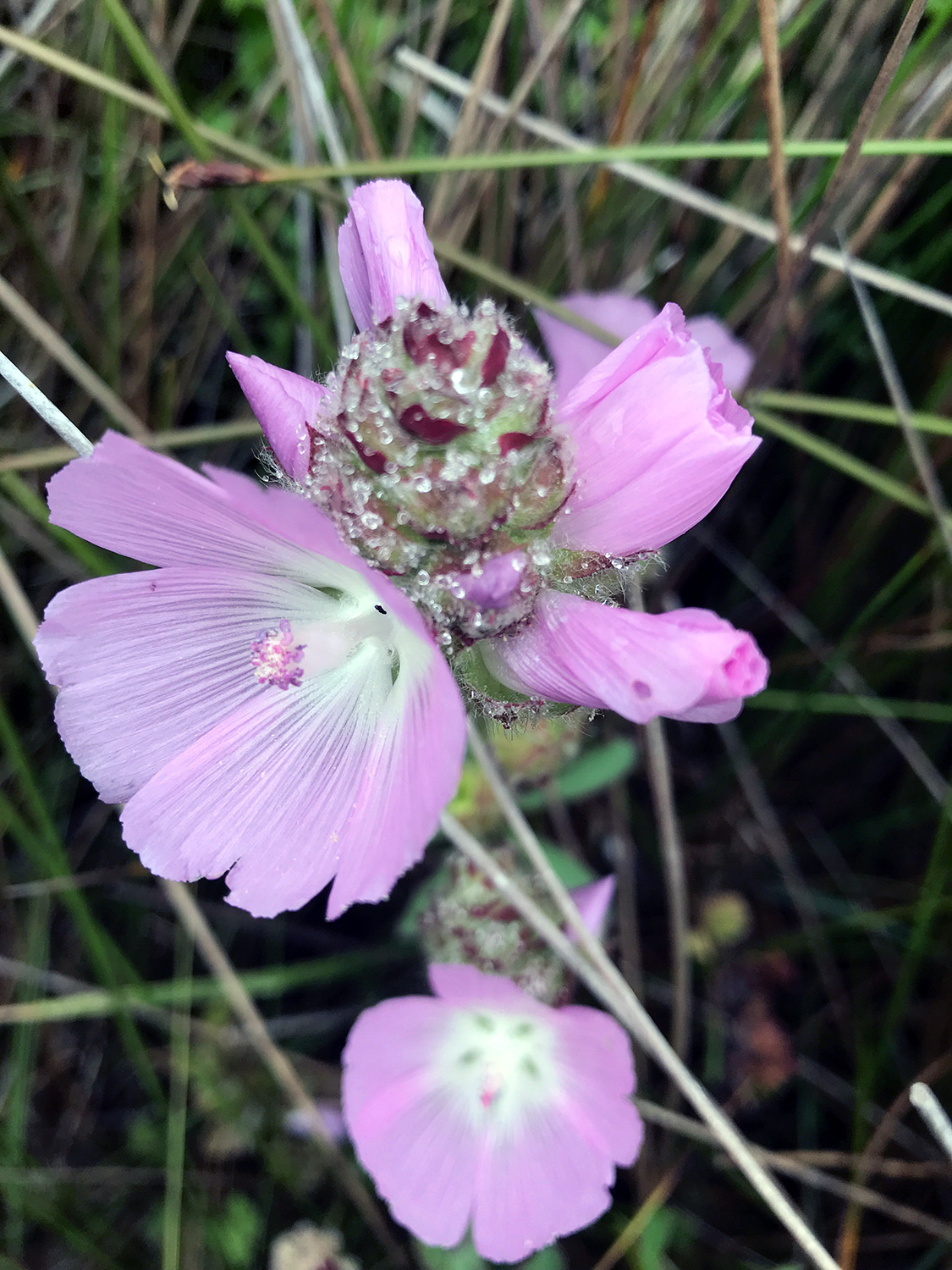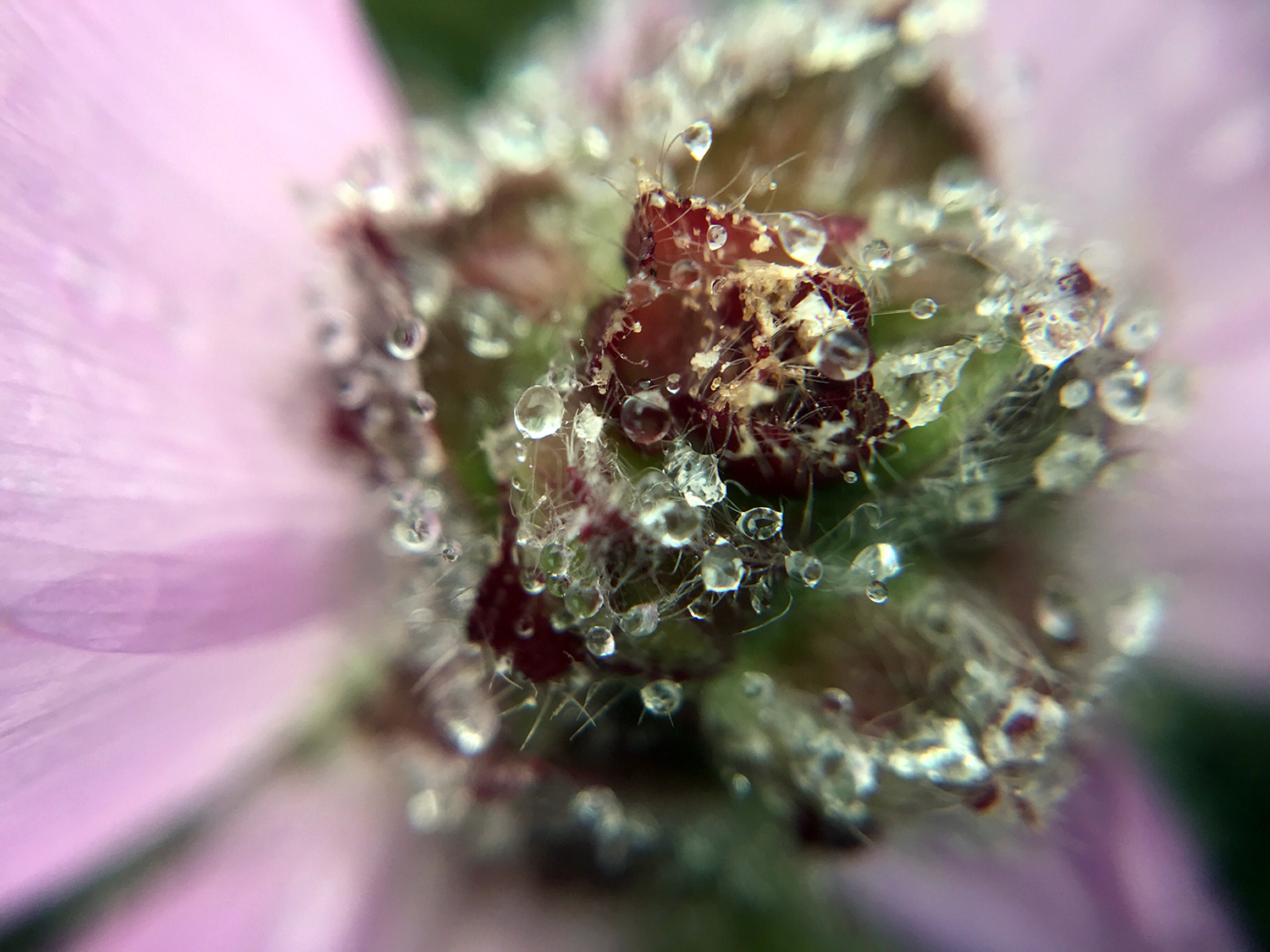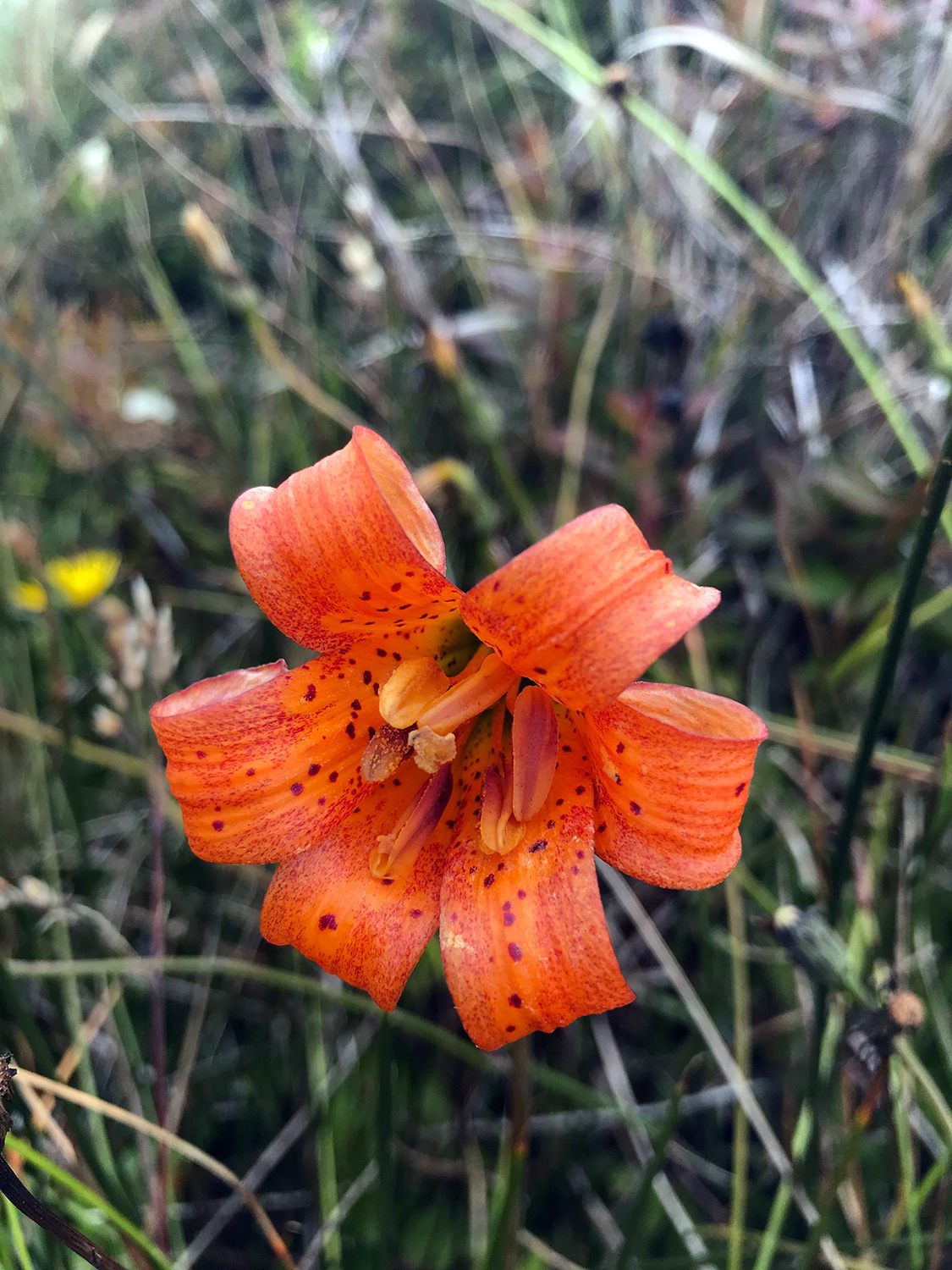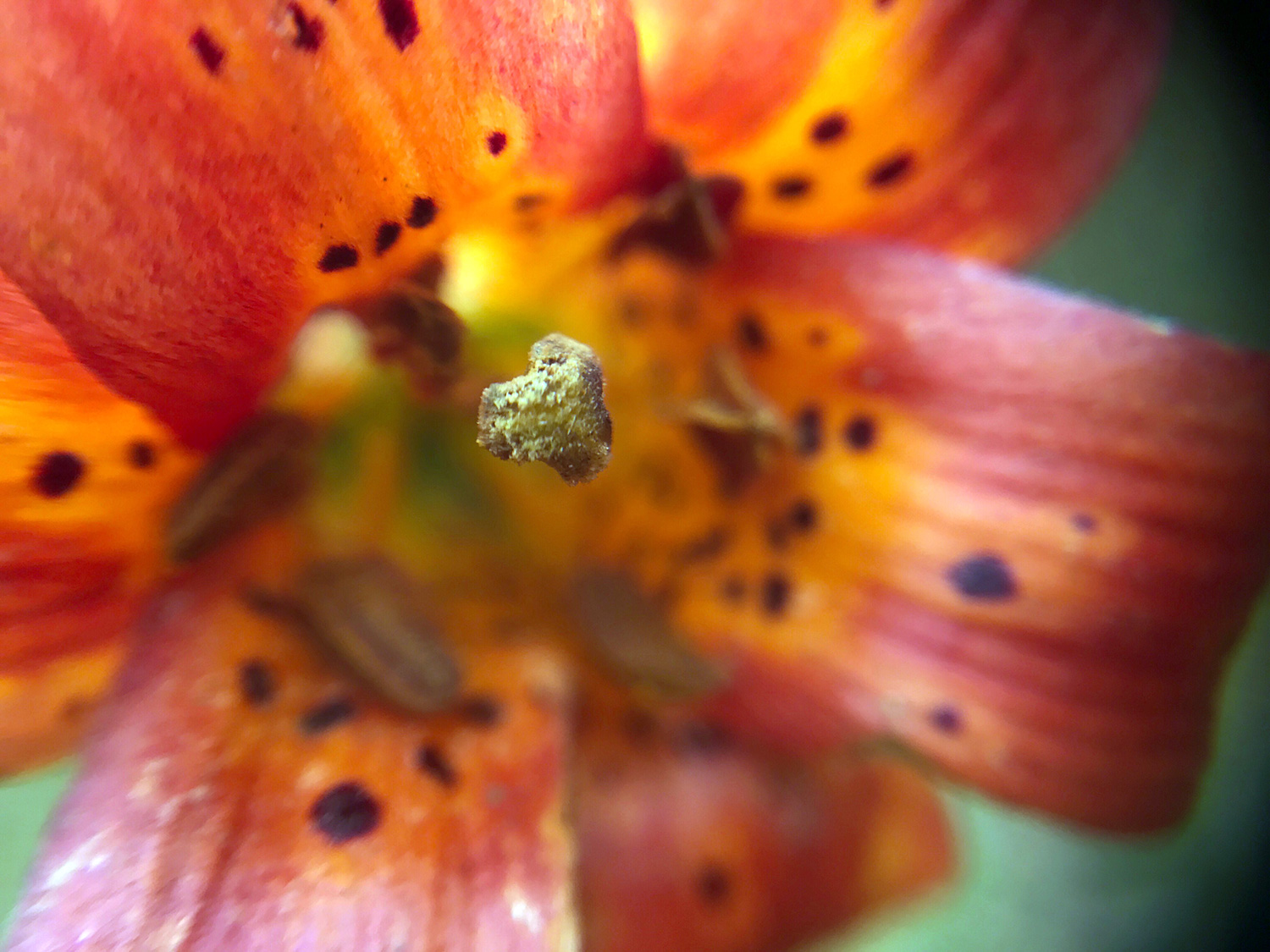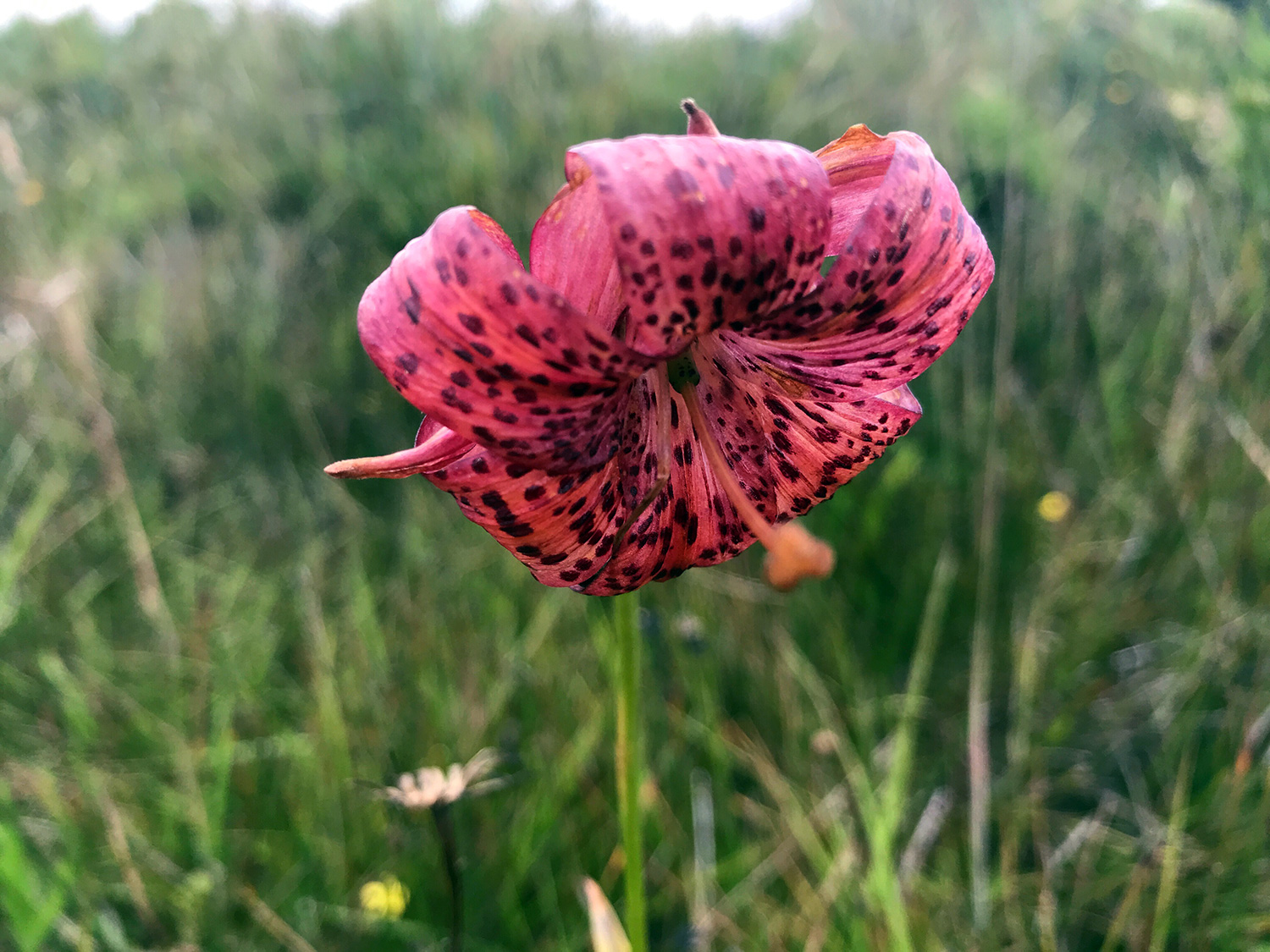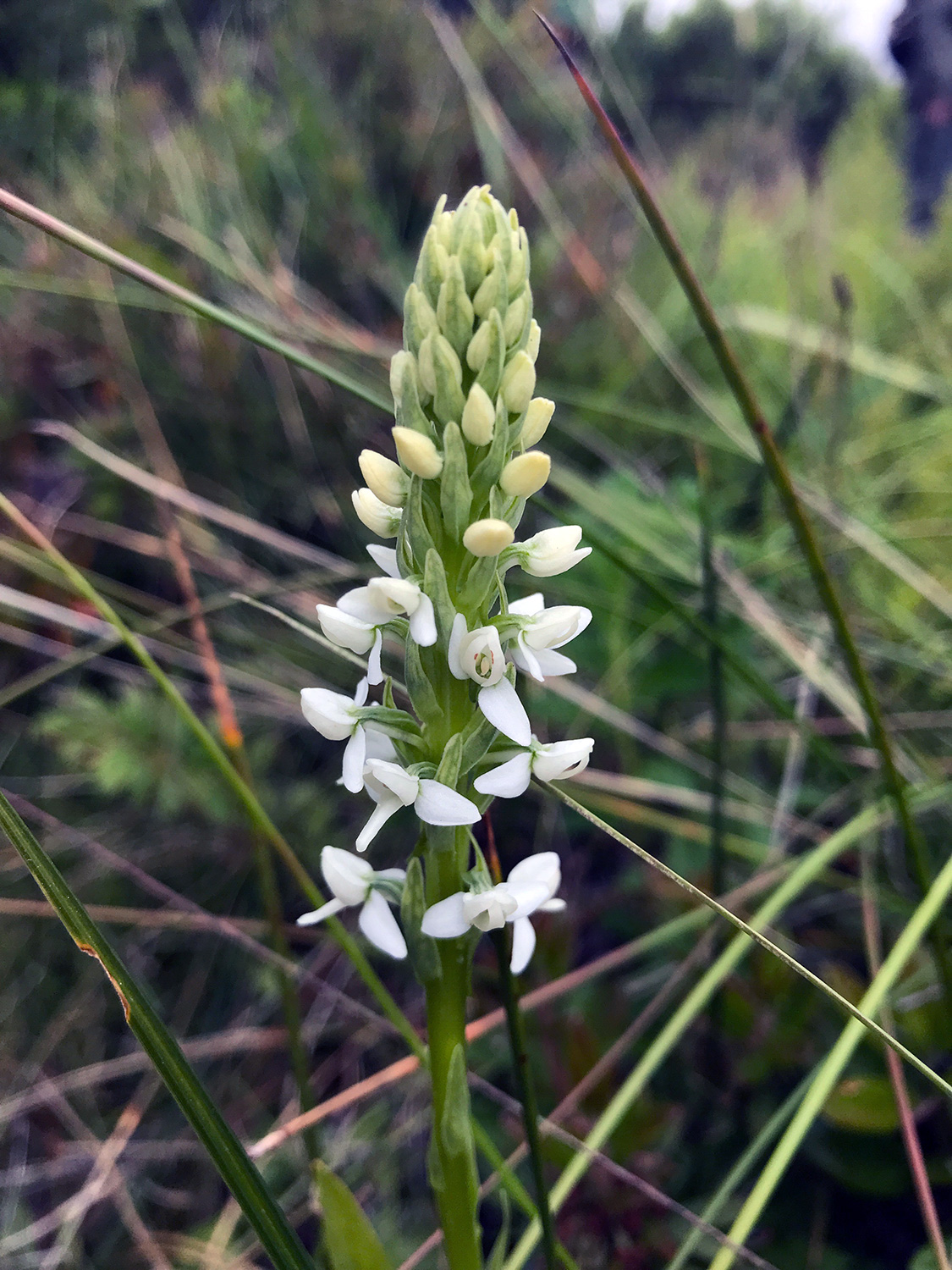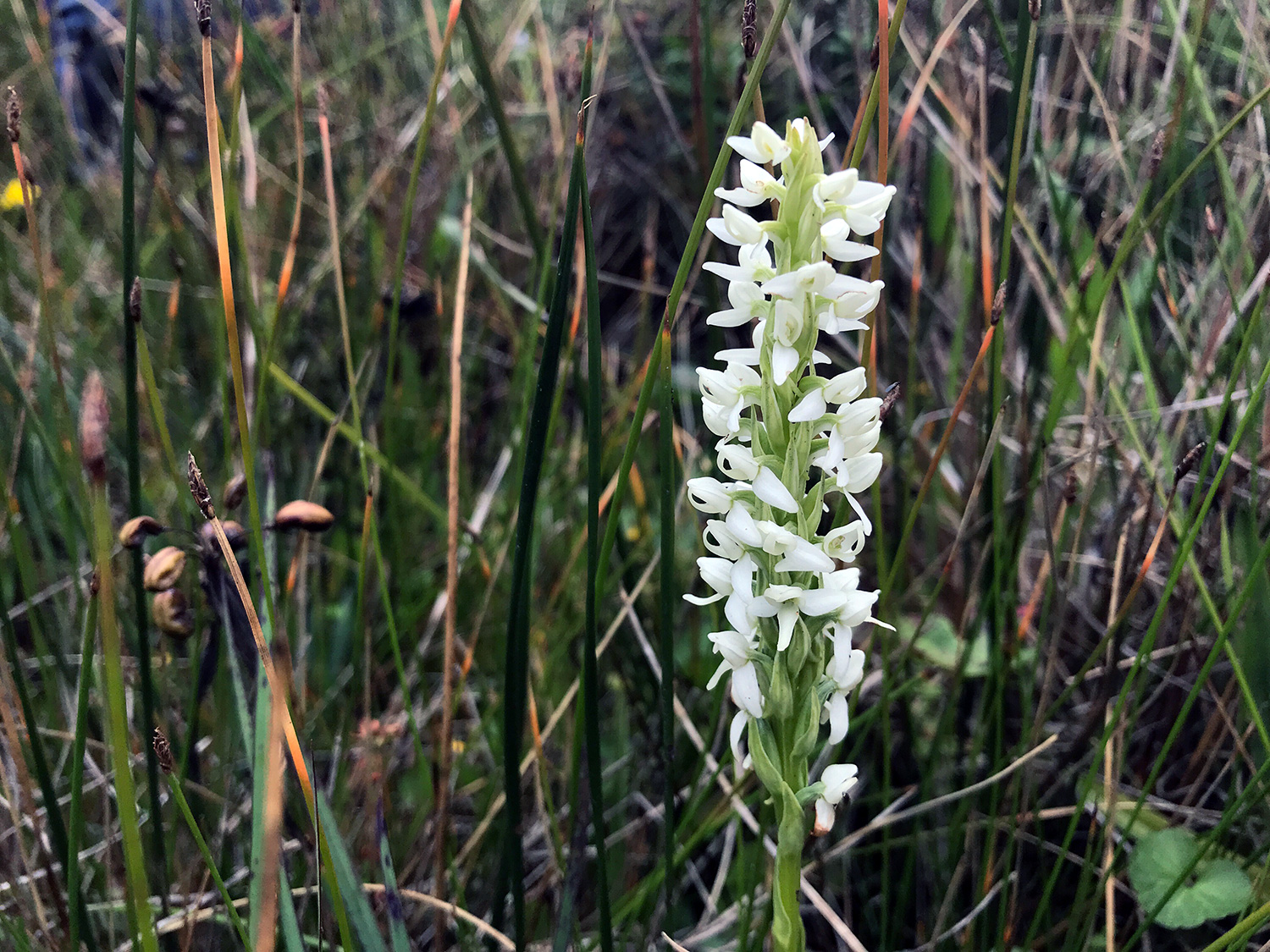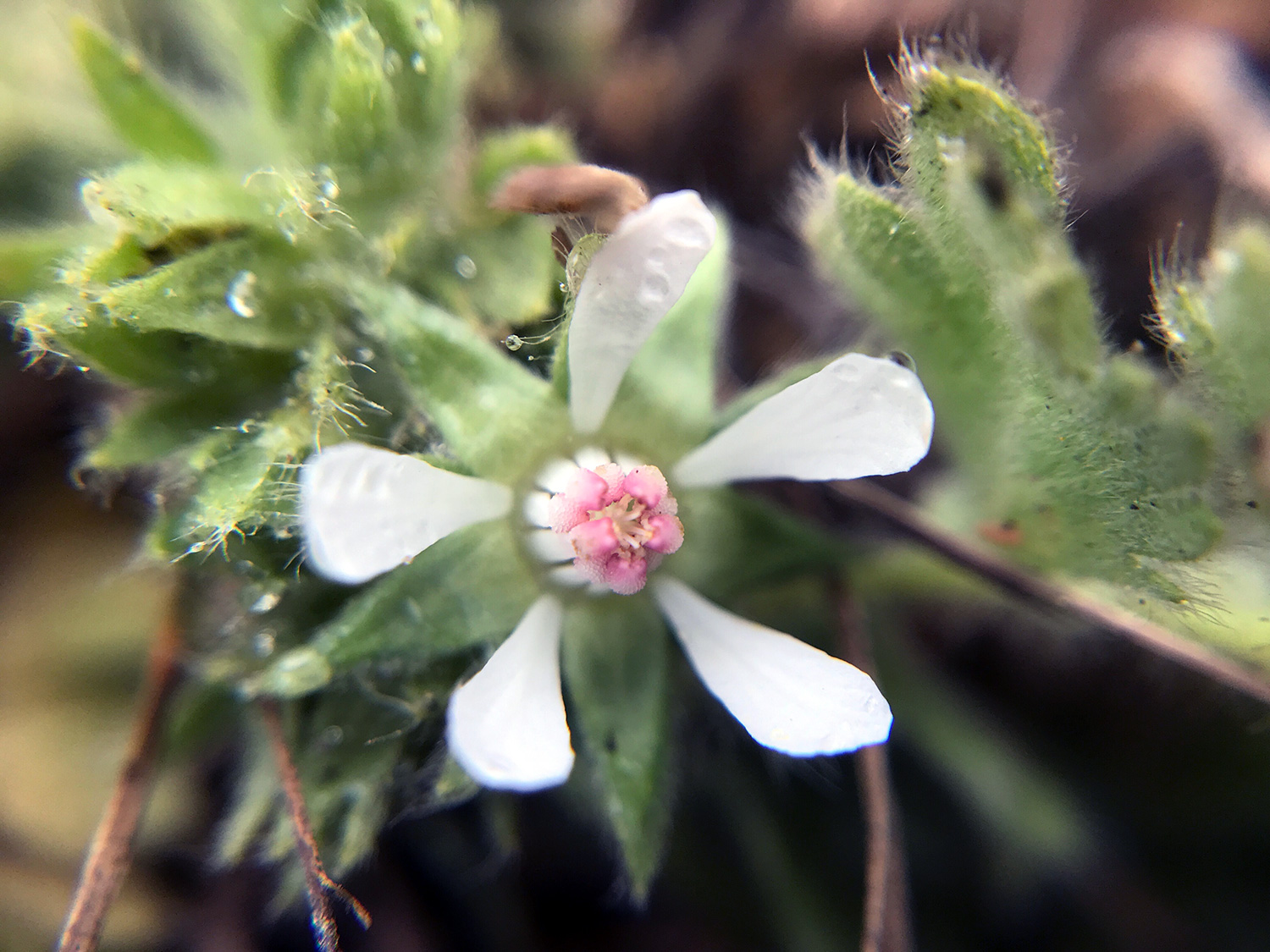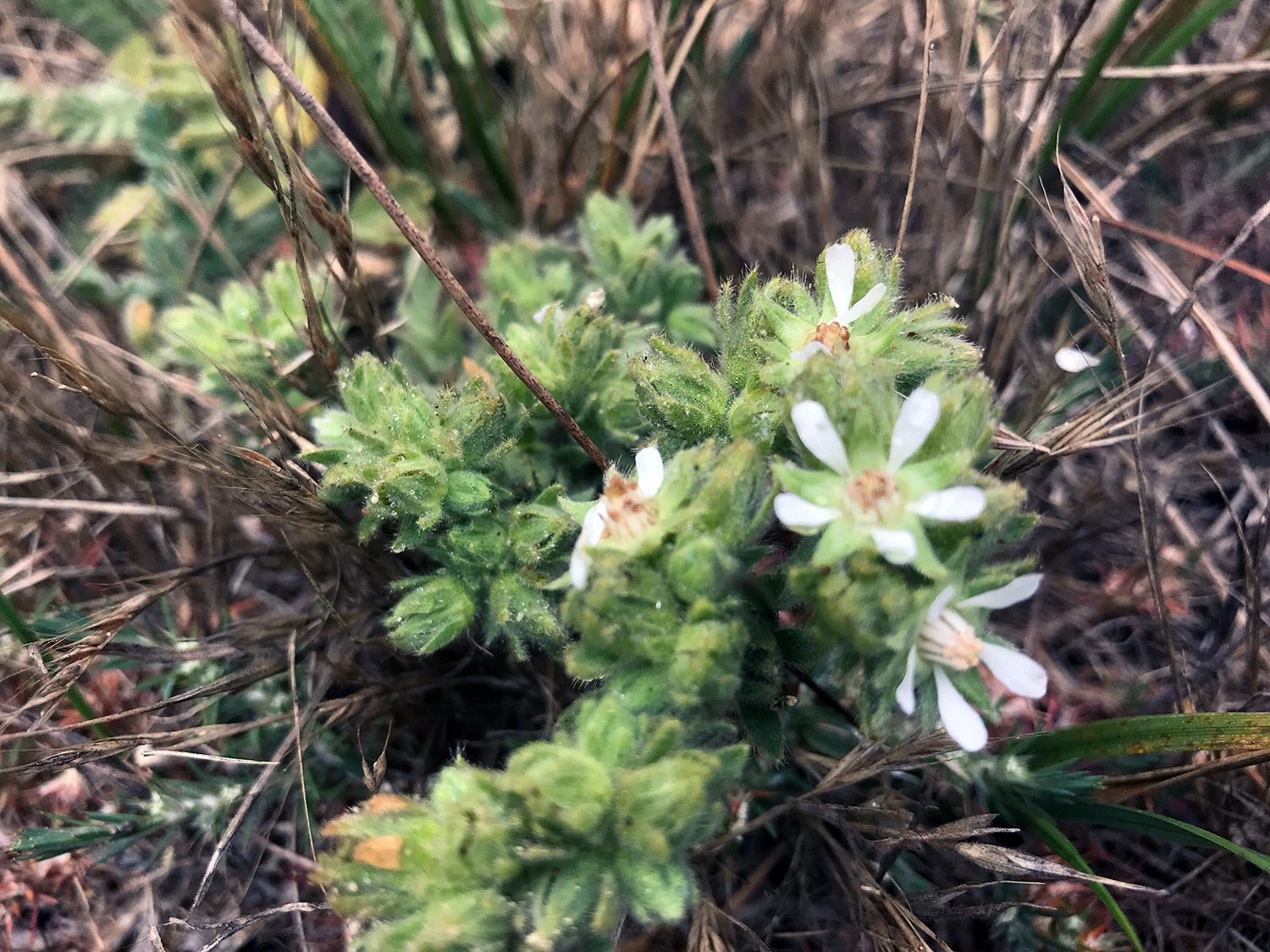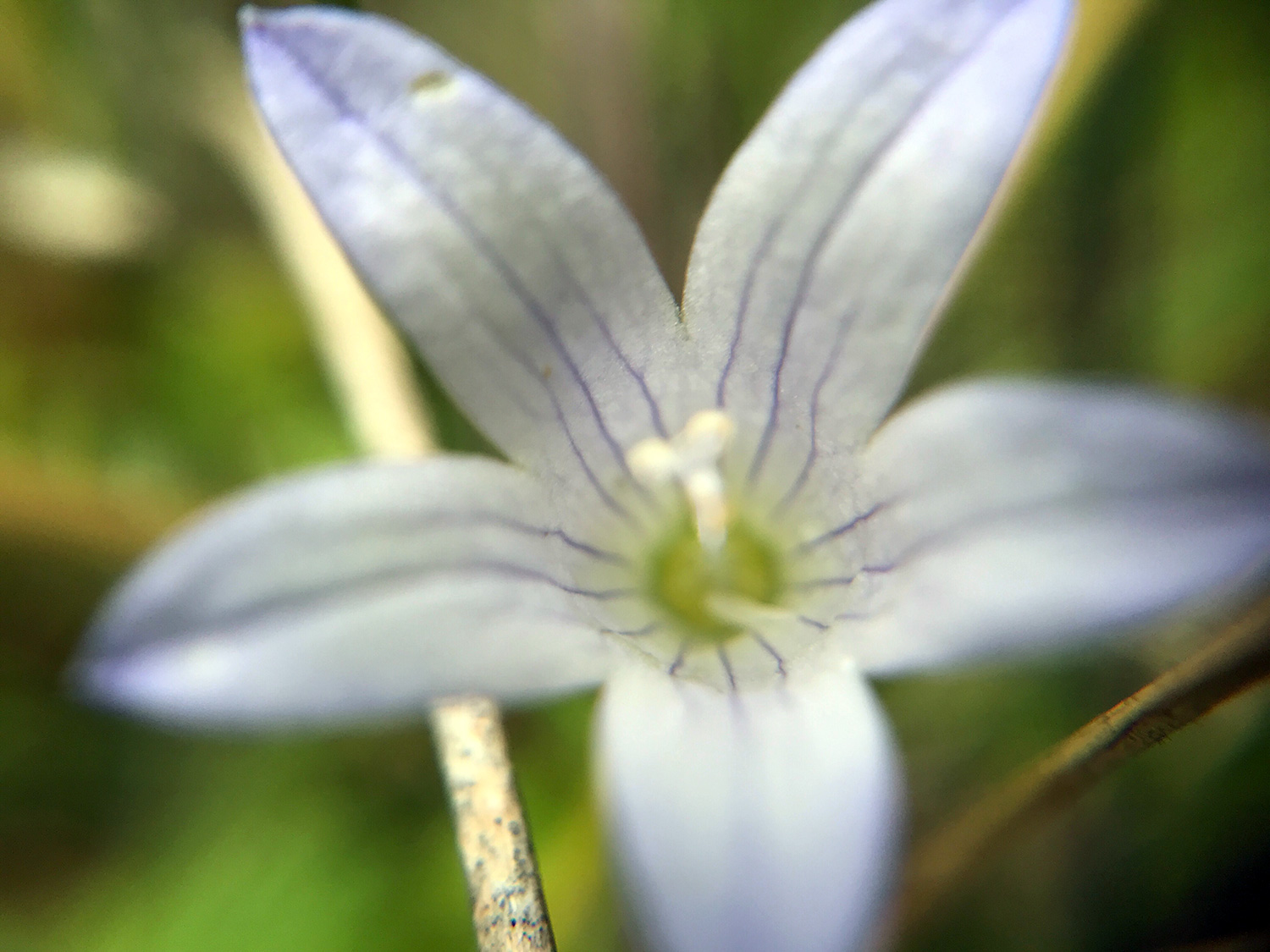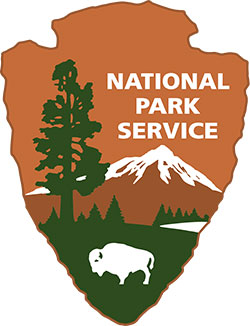Bull Point Trail
Trail length: 1.8 miles each way, out and back
Time: 2 hours
Terrain: flat pasture, marsh, coastal scrub, sand dunes
Restroom? No
Parking: very small parking lot
Kid friendly? Yes
Dates visited: 6/19/16, 2/4/18, 7/12/18, 6/8/19, 7/11/20
Plant list for Bull Point Trail by Marin chapter of California Native Plant Society
Favorite plants on this trail: Large-flowered Leptosiphon (Leptosiphon grandifloras), Variable Linanthus (Leptosiphon parviflorus), White Bog Orchid (Platanthera dilatate), Coast Lily (Lilium maritimum), Point Reyes Checkerbloom (Sidalcea calycosa ssp. rhizomata), Point Reyes Horkelia (Horkelia marinensis).
Favorite spots:
Looking for interesting plants, dragonflies, butterflies, and birds at the marshy edge of Drakes Estero
Watching for the Northern Harrier that almost always appears in flight over the pasture
Meandering through the cows at the beginning of the trail, especially when there are calves
The Bull Point Trail is an easy stroll across the flat pasture bordering one of the fingers of the Estero -- Creamery Bay, and Historic F Ranch. The pasture is covered in wildflowers in late spring and summer, but otherwise, it's very sparsely covered in grasses and coyote brush. It's a great place to watch birds of prey hunting. The trail at the beginning is not well marked. On your way back, look for the Bull Point trailhead sign as a landmark back to the parking lot.
Rare Plants at Bull Point
Looking out across the pasture, you would not easily imagine Bull Point as a place of botanical richness. Hot spots for rare plants include the moist, marshy areas bordering the Estero, and the moist areas with stands of bushy plants such as willows and Western Labrador Tea. Finally, the sand dunes are home to plants that thrive under dry conditions such as Coyote Mint. This is where you'll discover the endangered Point Reyes Silverspot butterfly in summertime.
Learn more about the Point Reyes rare, threatened and endangered plants in this visual guide prepared by the Marin chapter of the California Native Plant Society.
Point Reyes Checkerbloom (Sidalcea calycosa ssp. rhizomata) can be found in the marshy areas of Bull Point. It's worth slogging through the muddy marsh to inspect it up close. It has an intriguing conglomeration of parts.
The rare Coast Lily (Lilium maritimum) on the left and middle and the striking Leopard Lily (Lilium pardalinum) on the right are very similar. The leopard lily has more spots (as one would expect from a leopard) and a more protruding pistil and stamen than the Coast Lily.
One of these plants is not like the others! It's the Hooded Ladies' Tresses (Spiranthes romanzoffiana) at the far right. The others are White Bog-Orchid (Platanthera dilatate).
Point Reyes Horkelia (Horkelia marinensis), shown on the left and middle is a rare plant but is well represented at Bull Point. It smells like honey and perfumes the air. Marsh Harebell (Eastwoodiella californica) also known as Marsh Bellflower, Campanula californica at the far right is a tiny delicate flower that's difficult to spot nestled among larger plants.
Rare butterfly at Point Reyes
Naturalist Shannon Burke from Marin County Parks led a walk through Bull Point in July 2018, co-sponsored by the Marin chapter of the California Native Plant Society. She took us to the dunes where we were fortunate to see several Point Reyes Silverspot butterflies. Bob Hall from the Marin chapter of CNPS took a wonderful photo of the butterfly feeding on coyote mint nectar (below).
Here’s how to get to the dunes:
From the trailhead, walk downhill on the trail and pass through the little creek crossing.
Go through the cattle gate on the opposite side of the creek.
Instead of following the official trail that veers to the right (heading out toward the water), go straight ahead following the cow path toward the green hills in the East.
In 10 minutes or so, you’ll come to a fence with an opening. Go through and keep heading straight.
You will very shortly come to small dunes covered in vegetation. Follow the dunes to the left looking for areas with flowers, especially the curly-leaved coyote mint.
Point Reyes Silverspot butterfly. Photo credit: Bob Hall
Point Reyes Silverspot butterfly quick facts
National Park Service has two study locations in Point Reyes: Abbotts Lagoon south to Drakes Beach, and Tomales Point.
Habitat is grasslands and dunes within 3 miles of the ocean
In late summer/early fall females lay eggs on the withered remains of the violet plant, the larval host plant.
Larvae hatch 2 weeks later and the tiny caterpillars find a place nearby to build their silk home to pass the winter.
In spring, larvae go through 6 growth cycles.
Mid-June to early September is adult butterfly flight season. Adults feed on the nectar of flowers and females look for violet to lay eggs on. Violets give off a chemical odor that butterflies detect.
Adults live about 3 weeks.
More information about the Point Reyes Silverspot butterfly:
iNaturalist listing with photos and other butterflies commonly mistaken as the Point Reyes Silverspot
Natural Park Service habitat assessment at Point Reyes National Seashore includes information about the plants it feeds on.
Read my Where to find a rare butterfly blog post to discover the hotspots in Point Reyes for this lovely butterfly.
Volunteer Opportunity: Point Reyes National Seashore
Point Reyes National Seashore offers many volunteer opportunities, including:
Coho and Steelhead monitoring
Harbor Seal monitoring
Snowy Plover docent
Winter wildlife docent
Morgan Horse Ranch
Trail Patrol
Visitor Services


